Sony Alpha 1 (ILCE-1) Review
Dustin Abbott
April 19th, 2021
What do you get when you combine the massive resolution of the Sony a7RIV (almost!), the blazing speed of the Sony a9II (and more!), and all the video capabilities of the Sony a7SIII? The answer is the Sony Alpha 1, aka the Sony A1, or, more technically, the Sony ILCE-1. The Alpha 1 is definitely the “Alpha” in the Sony Alpha lineup, as it packs a whole new 50MP sensor but manages to also produce a Sony highest 30FPS burst rate along with video capabilities up to 8K. It’s also the Alpha in terms of price, carrying a hefty nearly $6500 USD price tag, meaning that you could buy the Sony a7RIV and the a7SIII for the same price, or, for a thousand more, the a7RIV and the a9II. Ouch! Put simply, the Alpha 1 (which is the name I prefer and will use for this review – less “saucy”) is more camera than what most people need or can afford. I’m a frugal person in many ways, and yet, the longer I thought about it, I became increasingly compelled to sell my a7RIII and a9 bodies and purchase the Alpha 1. I’ll detail why in this review.
When I reviewed the massive Fujifilm GFX-100 and showed it to family and friends, they were easily convinced that it was a consequential, expensive camera. It has an intimidating presence that shouts that only a professional photographer could be worthy to wield such a weapon. That’s not the case with the Alpha 1. When I showed it to my 18 year old son (it had arrived while I was out of town and I had tasked him with making sure that an expensive delivery was properly taken care of), his response was, “Doesn’t that look just like your other cameras?” And, for the most part, that’s true. It has the familiar body that is similar to the a9II or a7RIV, and it’s still a very compact camera. Cameras this expensive used to come in the “pro” body style with the integrated vertical grip, and they shouted “professional camera”. The Alpha 1 doesn’t intimidate from the outside; it’s a Clark Kent wrapper around a Superman inside.
If we look underneath the hood, however, we find the most powerful, sophisticated mirrorless camera to date. Here’s a quick look at the major specs:
- 50.1-MP 35 mm full-frame stacked CMOS sensor with integral memory
- Advanced BIONZ XR engine boosts speed by up to 8x
- 30fps continuous shooting with AF/AE tracking
- Movie-making with 8K 30p and 4K 120p
- Wide AF coverage with 759-point phase-detection and 425-point contrast-detection AF points
- Battery life (stills) – Approx. 430 shots (Viewfinder) / approx. 530 shots (LCD monitor) (CIPA standard)
- Image Quality Modes – RAW (Compressed / Lossless Compressed / Uncompressed), JPEG (Extra fine / Fine / Standard / Light), HEIF (4:2:0 / 4:2:2) (Extra fine / Fine / Standard / Light)
- Viewfinder – 9.44 million dots
- LCD 1.44 million dots
- Human face and eye AF, animal body and eye AF, and a new Birding AF mode
- Flash Sync. Speed – (Mechanical Shutter), (Flash Sync. Priority) is (ON) or (AUTO):1/400 s (35 mm full-frame), 1/500 s (APS-C), (Flash Sync. Priority) is (OFF):1/320 s (35 mm full-frame), 1/400 s (APS-C), (Electrical shutter), 1/200 s (35 mm full-frame), 1/250 s (APS-C)
- Image Sensor-Shift mechanism with 5-axis compensation
- Continuous Drive Speeds – AUTO/Electronic Shutter: Continuous shooting: Hi+: 30fps, Hi: 20fps, Mid: 15fps, Lo: 5fps | Mechanical Shutter: Continuous shooting: Hi+: 10fps, Hi: 8fps, Mid: 6fps, Lo: 3fps
Standout features are the new 50MP sensor while also boosting continuous shooting up to 30FPS (50% increase over the A9II’s 20FPS) along with the 8K30 and 4K120 video capabilities. But I had two cameras that could shoot 20FPS (which has always proven enough for me) and a camera that could shoot 8K30 and 4K120 (Canon EOS R5). It was the some of the less-headline grabbing features that began to sway me. Things like an amazingly high resolution 9.44 million dot viewfinder, lossless compressed RAW option, anti-flicker technology and great flash sync specs even while using the electronic shutter, eliminating rolling shutter, no 29:59 record limits, more touch capabilities on the LCD, the ability to protect the sensor with the shutter mechanism when powered down, and more that we’ll detail in the main review. I’ve found that Sony’s last four major camera releases (a7RIV, a9II, a7C, and a7SIII) all had unique features that I found desirable when reviewing them, but each camera’s strengths were offset by certain weaknesses that made me hesitate to pull the trigger on an upgrade. The Alpha 1, while incredibly expensive, manages to put all the strengths of Sony cameras in one location, making me feel as if I could sell off other cameras and get one Sony camera that had all the Sony goodies.
So what should have gotten upgraded and didn’t? There isn’t much, but the big standout to me is the LCD screen, which is the same size (3″), resolution (1.44 million dot), and with the same limited tilt capabilities as previous models. The Canon EOS R5 has, by comparison a larger (3.2″), higher resolution (2.1 million dot), more responsive and fully articulating LCD that allows for front monitoring. If I were to nitpick, I would point out that the Canon EOS R5 also has more phase detect focus points (1053 vs 759), better coverage (100 vs 93%, and greater sensitivity to its AF system (down to -6 vs -4 EV). The R5/R6 are still ahead in tracking the eyes of birds, too. But there are, of course, areas where the Alpha 1 easily surpasses the EOS R5, too, with one of the most noticeable being the overheating issues that the Canon cameras suffer with.
We’ll break it all down in detail in this review to help you determine if the camera really is worth selling off a kidney to purchase… You can read on or watch my long format definitive or standard video reviews below…
Follow Me @ Patreon | My Newsletter | Instagram | Facebook | DA Merchandise | Flickr | 500px
Thanks to Camera Canada for working hard to source a Sony Alpha 1 for me. I’ve purchased both my Canon EOS R5 and Alpha 1 from them, and they’ve provided top notch customer service. If you are in Canada, be sure to check them out!
Sony Alpha 1 Build, Handling, and Features
As I noted in the introduction, the Alpha 1 feels largely very familiar. The tweaks and improvements are subtle; evolutionary rather than revolutionary. The dimensions of the body are 128.9 x 96.9 x 69.7 mm (W x H x D), or 5.07 x 3.81 x 2.74″. The a9II is very, very similar at 128.9 x 96.4 x 77.5 mm, as is the a7RIV at 128.9 x 96.4 x 77.5 mm. What does differ between the three cameras is weight, with the Alpha 1 being slightly heavier (737g or 1.6 lb) than the other two. At most, though, you are talking about 60g, which will hardly be noticeable. Here’s a look at a few competing cameras and their basic specs:
The additional weight in the Alpha 1 is most likely due to it having a slightly more robust build along with more weather sealing. Sony specifically states that the magnesium alloy chassis features a beefed up lens mount to help support heavier lenses along with a more robust grip. The grip does feel very good (probably the best yet from Sony), though I still would prefer the grip on cameras like the Canon EOS R5. I have slightly larger than average hands, so I almost always put a SmallRig grip extender on my Sony cameras to give me a little more grip height (and make the camera Arca-compatible!!).
The button and wheel placement are largely all familiar, which does give you the advantage of feeling instantly familiar with the camera if you’ve used a recent Sony full frame mirrorless camera. Canon has chosen to utilize a top LCD in its designs, and, while I like the design on Canon cameras, I don’t find that I miss it on Sony cameras, where they instead utilize more physical controls. There are three main dials on the top of the camera instead, including a two-tier drive mode dial (upper) and AF selector (bottom) on the left side of the top plate. On the right side we have a familiar mode dial and then at the far right the exposure compensation dial. I vastly prefer having an exposure compensation dial to any other means of controlling it. Like the a9II and a7RIV, Sony made a rather curious chose to have two of the deals move by depressing the center lock button and rotating, while they designed the exposure compensation dial to having a clicking lock button that is either locked or unlocked all the time depending on whether the center lock button is up or down. I don’t particularly prefer one or the other, but I do prefer to have them all function in a consistent fashion.
Also on the top of the camera are two custom buttons (C1 and C2) that can be programed to the function of your choice. I personally like quick access to Super35/APS-C and to turning Steadyshot (IBIS) on and off, but there are dozens of options you could assign to those buttons.
The shutter button has a nice textured feel to it, and is surrounded by the ON/OFF dial. I like this design, as you can use one finger to quickly power on and be ready to shoot. The mechanical shutter mechanism itself is a new design for the Alpha 1, made of carbon fiber for durability and also to reduce sound and vibration. The shutter is very quiet and smooth even in mechanical operation with a very nice feel to it. It feels like a high end camera (if you care about little details like that). It’s not only quiet, however, for Sony has improved performance with the mechanical shutter, at it maxes out at 10 fps while allowing for 1/400th sec flash sync, which is the highest I’ve seen.
The Alpha 1 is primarily designed around the electronic shutter, however, and they’ve made a number of notable improvements to the electronic shutter here over past iterations in the a9 series. We’ll deal more with the burst rate (up to 30 FPS), but typically one has had to revert to the mechanical shutter to utilize features like flash sync or anti-flicker technologies. No longer, as you can now get up to 1/200th flash sync speeds using the electronic shutter, access anti-flicker (which comes with a variety of customizations to make sure you can get reliable results in just about any kind of lighting), and they’ve also vastly improved the readout speed to avoid rolling shutter issues. This is very possibly the best execution of an electronic shutter ever. The electronic shutter also gives you more “headroom” with shutter speed, allowing for a maximum shutter speed of 1/32,000th of a second. The mechanical shutter limit is the more typical 1/8000th of a second.
In one of those small upgrades that makes a serious real world improvement, the Alpha 1 now has a menu option that allows for the shutter mechanism to come down and cover the sensor when the camera is powered off. Sony sensors have always been dust magnets for me, and I’ve loved Canon’s similar innovation on its EOS R cameras. This subtle change in the A1 already given me more confidence when changing lenses in the field!
There are front and rear dials on the top plate, with the front dial slightly cantilevered up to make it fall to hand (finger?) easily.
The viewfinder on the Alpha 1 is a serious upgrade. It is a 9.44m-dot OLED EVF with up to 240fps refresh rate for fluid motion rendering and greatly reduced blackout when shooting continuously. The opening is 0.64″ (slightly larger than average) and the magnification is also higher at 0.9x (the a7RIV has a 0.78x magnification). This makes for greater clarity than before and helps close the gap on optical viewfinders. EVF’s have a lot of unique advantages over optical viewfinders, but the disadvantage has often been lower resolution and clarity along with being more prone to washing out in really bright situations. I find the viewfinder in the Alpha 1 to be exceptionally good, and it is one of those important improvements that made me want to upgrade to it. The a9II, by comparison, had only a 3.68 million dot resolution viewfinder, which I found disappointing in what was then a flagship model. Yet another area where the Alpha 1 doesn’t make you accept compromises.
I noted in the intro that the LCD screen did not get a size, positional versatility, or resolution upgrade, which is disappointing, though finally Sony has listened and has updated the versatility of the touch capacity of the screen. You now have the ability navigate both the quick and full menus via touch, though the main menu has a design that is not easily accommodating to touch. There’s a bit too much on the screen at any given point, and the selectable areas are often too small. I ended up using a hybrid approach of using the joystick and touch to navigate menus, but this was definitely an improvement over past iterations of Sony menus with no touch navigation. I particularly found touch useful for changing tabs and getting to other areas of the menu quickly. Navigating the Q menu via touch is great, as everything is nicely sized for touch interactions. Screen responsiveness in general is up, too, with less lag and better input sensitivity.
The main menu is the updated version that was seen in the a7SIII. It is color coded and side tab oriented rather than top tab oriented like the older Sony menus. I’m yet undecided as to whether I prefer the new menu. There’s still a lot of complexity there, and that’s made worse by the fact that the Alpha 1 has more options than any Sony camera before it. Don’t get me wrong; I love the wealth of customization and features you have access to, but the sheer number of options will be slightly overwhelming for a while until you develop familiarity with them. I didn’t love the previous Sony menu structure, though, unlike some reviewers, I didn’t despite it either. But after years of use, I was at least familiar with it and knew pretty much where everything was. I’m having to relearn that somewhat, though Sony’s basic organization of features remains similar.
The rest of the ergonomic design on the rear of the camera is very familiar. The C3 and Menu buttons are to the left of the viewfinder, while the video record button along with the AF-ON and AEL buttons are found on the right. The joystick has a nice texture and is easy to use, and the rear wheel/directional pad works as it should. You can customize the function of the buttons and directional pad.
There’s a slight redesign to the latch on the memory card door on the right which has you pull down and slide the door open. There is an upper and lower slot like most Sony full frame mirrorless cameras, and thankfully starting in the previous camera cycle Sony started putting slot #1 in the upper rather than lower position. These slots are slightly different, however, as they accommodate both UHS-II SD cards and CF Express Type A cards. The latter offers some speed advantages but at a much higher price point. I don’t own any Type A cards at the moment (I’ve invested in some Type B cards for the Canon EOS R5), so my tests were all with high quality UHS-II SD cards (I prefer the Sony Tough cards at the moment). The CFexpress Type A cards are extremely expensive because almost no one else (other than Sony) is making them. Fortunately I didn’t run into any performance issues when utilizing high speed SD cards, though if you plan to do a lot of high-bitrate video recording (8K) or deep burst sports shooting, you might want to invest in the CFexpress cards. You can shoot 30FPS bursts and 8K video at lower bitrates with an SD card just fine so long as it is at least V60 (I use V90 cards). The good news is that I can do everything I want to do with SD cards, so I’ll wait on the CFexpress Type A’s until the prices come down and capacity goes up.
The left side of the camera is loaded with ports (a total of 4 of them). Sony has really improved the feel and precision of the port doors in their last few cameras, and it is also clear that they are better sealed. The top front port has an ethernet port along with a flash sync port. The rearmost top port has a microphone and headphone monitoring jack. Like other recent cameras, the hotshoe of the camera is also compatible with a few different Sony mics that will deliver digital audio. I haven’t tested any of these options yet, but I’m very intrigued by the new ECM-W2BT wireless setup. There’s also a very small port on the bottom that has a micro-USB multi-control port, while the larger of the bottom ports has a full size(!) HDMI port along with a USB-C port used for both data transfer and (potentially) charging. I say potentially because charging is a little more complicated here than the typical Sony camera, requiring the power send
The battery door is on the bottom, as per usual, and the battery is the typical NP-FZ100 that we’ve seen since the original a9. It’s rated for fewer shots here (430) than in some other Sony cameras, though I found the real world use to easily exceed this. If you are shooting bursts, for example, you will get far more shots. I shot about 1000 photos during a tracking session and exhausted less than 25% of the battery in doing so. Getting an extra battery or two is never a bad idea, though.
Sony was an early pioneer in IBIS (In Body Image Stabilization), though over the past few years their advantage here seems to have shrunk. On paper, the 5 1/2 stops of stabilization is the same as we’ve seen for years, though in practical applications the quality of the stabilization has subtly improved over the past few years. I’ve definitely noticed that more recent Sony models have better stabilization, and that’s true here, too. IBIS is incredibly important with such a high resolution sensor, as any kind of motion blur will occupy more pixels and will thus be more obvious. I’ve been able to use the 50Mp Alpha 1 pretty much like I would any other camera, and that’s very helpful. One new addition for the video side is a mode called “Active” (as seen on the a7SIII) which has a slight crop but utilizes electronic aids to further stabilize active movements (like walking). I did a series of tests and found that the the active mode definitely gave smoother results when walking or moving. The crop wasn’t particularly noticeable to me, but I did feel like footage was slightly less crisp, so I would utilize the Standard IBIS setting when shooting static handheld footage and save Active for the appropriate moments. I added the option to the custom menu so that I could quickly sort between the settings.
For stills, however, I found the Alpha 1’s IBIS good but no longer exceptional compared to models like the Canon EOS R5. I can handhold fairly low shutter speeds, but I’m certainly moving into any new territory that I haven’t seen with previous Sony models. This shot was taken at 1/8th second, 75mm, handheld.
It looks good, and, because I have realistic expectations about what IBIS can and cannot do, I’m happy overall with the IBIS performance, though I’ll temper that by saying that Sony needs to continue to innovate on this front because the competition has more than caught up at this point. One final plus is that due to the smoothness of the mechanical shutter, I didn’t notice any real difference in handholding ability whether using the electronic or mechanical shutter.
The subtle improvements to the Alpha 1 body make it perhaps the most functional Sony camera yet, though I do with that we had seen the fully articulating LCD screen that the a7SIII got. Sony is maturing as a camera company, and, while I applaud that, I don’t want them to stop innovating. That’s one of the things that Sony does best!
Sony Alpha 1 Autofocus Performance
The first time I used a Sony a9, it was a revelation. The incredible speed, effortless tracking, and deep buffers almost felt like cheating when tracking action. I found it a real joy to use, and I’ve reached often for a9 over the past several years. The Alpha 1 is essentially a high resolution a9 in the field, but with more processing power and even faster bursts. When using a Sony lens (Sony 135mm F1.8 GM), I hit 30FPS when tracking a fast moving dog. And, though I was shooting at F2.2, every single shot in the sequence was perfectly in focus.
That’s just incredible! I will note that I saw a fairly significant difference in my number of keepers using a Sony lens over a third party lens like the Sigma 100-400mm F5-6.3 OS DN. Tracking was good with the Sigma lens (probably about 70% under demanding conditions and speeds), but when using a good native Sony lens, the keeper rate went up to nearly 100%. I’ll also note that my top burst rate with the Sigma dropped to about 15FPS, so something worth noting if you’re going to invest in a serious performer like the Alpha 1. I still got a number of killer images with the Sigma combination, though.
Sony has upped the ante on the total number of phase detect points from 693 on the a9 cameras to 759 on the Alpha 1, though curiously Sony states that the total sensor coverage on the a9/a9II is 93% and quote 92% coverage on the Alpha 1. Not a meaningful difference either way, but it does suggest that the AF points on the Alpha 1 are slightly smaller and more precise, which can help when you are trying to nail focus on a very narrow subject (like when shooting macro).
The improvement in AF is more than AF points or spread, however, as the Alpha 1 has much more processing power under its hood. The Sony a9 was capable of 60 focus and exposure calculations per second; the Alpha 1 doubles that to 120. Here’s what Sony says, “At an astonishing calculation speed of up to 120 AF/AE per second, the Alpha 1 can maintain focus with high accuracy even for fast moving subjects. It can automatically adjust exposure, even with sudden changes in brightness, with an AE response latency as low as 0.033 seconds“. That’s incredible, obviously, and is pretty extraordinary when you consider that the Alpha 1 is moving more than double the amount of pixels that the a9 does through the pipeline.
On that note, one genuinely useful feature here is that the Alpha 1 gives you an option to have an oversampled 21MP JPEG resolution full frame image that packs incredible detail.
You can also choose APS-C resolution at the same 21MP resolution, so you effectively have two different options for shooting a scene. What I really like about this is that I don’t always want/need high resolution for everything, so I can set up the camera to capture full size RAWs to one card, but the 21MP JPEGs to another card. The RAWs serve as master files if needed, but the 21MP JPEGs are perfect for quick delivery to clients or servers. I also don’t need super high resolution for some action sequences, so shooting the smaller JPEG size without a crop is almost like having an a9 option on hand, too. High resolution is great, but I prefer to be able to have some control over that resolution. The oversampling assures that the quality of these smaller JPEGs is really top notch. Check out the detail from the crop of this image:
Sony has also refined Eye AF performance on the Alpha 1. They claim a 30% improvement in eye detection over the a9II, which, if true, is certainly impressive. Part of that improvement is that they state that eye detection is now effective from more angles, and that I believe to be true. One of my very first photos with the Alpha 1 was of my daughter in our kitchen, laughing with a friend. I used the Sony 135mm F1.8 GM (an amazing lens, by the way!!), and shot it wide open. I double tapped the LCD screen to zoom into the photo, and a big grin spread across my face. The amount of precision and detail in the shot was just fantastic…even though she was turned away from me.
This shows how much better Sony’s eye detection has gotten, as you are much more likely to get precision in a wider range of situations.
Pet Eye AF has proven even more precise as well, with faster, more “sticky” detection of pet eyes…like Loki’s, here.
I’m not a big birder, but I did head down into some marshes to visit the returning Canada Geese as they lay their eggs and protect their young. I wanted to see how Sony’s new Bird Eye AF works. On the negative side, it’s not foolproof. I had a number of occasions where the AF grabbed tail feathers rather than the eye (geese tend to bob up and down). But it was pretty obvious when that happened through the viewfinder and focus usually found its way back quickly. My actual results where well focused when I returned home and examined them:
This is not an easy subject because the neck and head are so dark (I had to lift shadows with a +54 to reveal details), but the Bird Eye AF did the trick (and this was with the Sigma).
I was even more impressed with the camera’s ability to acquire focus when I saw a red-winged blackbird take off in my peripheral vision. In times past I’ve not had a high success rate with acquiring birds in rapid flight, so I was impressed that a single frame fired under this circumstance was perfectly focused. The shot doesn’t have a lot of aesthetic value, but it is interesting from a technical perspective.
This little sequence is a little more visually interesting, as another red-winged blackbird was doing a little aerial maneuvering (hunting insects?), and I was able to capture his antics with no problem.
Bottom line is that this camera is well equipped for tracking action, and these same technologies are on tap for video as well.
You also have a lot of versatility for controlling your burst speed, with customizable levels for each of the four drive modes (L, M, H, H+). There are a lot of options for instructing the camera how to track action, obviously, though one of the advantages here is that the advanced processing seems to take a lot of the guesswork out of the equation.
Low light sensitivity doesn’t quite match the best from Canon (as low as -6 EV), but the Alpha 1 can focus in conditions as dim as -4 EV. I did have perfectly fine autofocus even with a 10 stop ND1000 filter attached for this image:
Buffer depth is slightly less than the a9II, though that’s probably to be expected considering the size of the files. According to Sony:
- JPEG Extra fine L: 182 frames,
- JPEG Fine L: 400 frames,
- JPEG Standard L: 400 frames,
- RAW: 238 frames,
- RAW and JPG: 192 frames
- RAW (Lossless Compression): 96 frames
- RAW (Lossless Compression) and JPG: 83 frames
- RAW (Uncompressed): 82 frames
- RAW (Uncompressed) and JPG: 78 frames
There’s some give and take in the various modes here, with the potential of getting a few more JPEGs if you choose Fine or Standard (a9II is limited to 361). Compressed RAW (not lossless) is also close (238 vs 241), but the a9II will give you 131 uncompressed RAW images and 361 Extra Fine JPEGs. But the reality is that the Alpha 1 can move a LOT of images in a short amount of time, and even at 30FPS you can shoot uninterrupted for 13 seconds if shooting JPEGs (and probably more in optimal real world use). That should be plenty for capturing most subjects. You still will watch the buffer clear after shooting a long burst in typical Sony fashion, though it clears quicker and you can do more things while it clears, so I haven’t found it to be a real world annoyance like it was with cameras like the a7RIII.
Bottom line is that the Alpha 1 is a jack-of-all-trades that allows you to not just effectively track and capture action, but also lets you do it while simultaneously capturing high resolution images. We are in a golden age of camera technology, and the Alpha 1 is clearly Sony’s best focusing camera yet.
Alpha 1 Video Performance
Sony’s a9 series of cameras were weird contradictions when it came to video performance. On one hand, the autofocus performance and footage quality was excellent, and I ended up using my a9 more than any other for my channel. But that’s mostly because I tend to use footage right out of camera and rarely grade it. Serious videographers weren’t particularly interested in the a9 or a9II because they lacked Sony’s picture profiles, including things like SLOG. The footage had little flexibility, and was limited to 4K30, which has ceased to be a competitive standard. The Alpha 1 is a whole other story, though. Look at the comparison of the video specs from the a9II (first image) and then the Alpha 1 (second image).
Here’s what Sony’s press release says about the video functionality: “8K High-resolution Movie Shooting
For the first time in an Alpha camera, the Alpha 1 offers 8K 30p 10-bit 4:2:0 XAVC HS recording with 8.6K oversampling for extraordinary resolution. Combined with Sony’s acclaimed autofocus technology, gradation and color reproduction performance, the Alpha 1 will help the user realize their creative vision with the finest detail. It’s 8K footage can also be used for flexible 4K editing during post-production.
Supporting Various Video Formats for Professionals
The Alpha 1 offers in-camera 4K recording at up to 120 frames per second which allows the user to shoot up to 5X slow-motion video. In addition to supporting 10-bit 4:2:2 recording, this feature can be used with efficient Long GOP inter-frame compression or high-quality Intra (All-I) intra-frame compression.
The Alpha 1 features S-Cinetone, the same color matrix that produces the highly regarded FX9 and FX6 color and skin tones. It delivers natural mid-tones, plus soft colors and gorgeous highlights to meet a growing need for more expressive depth. The S-Log3 gamma curve makes it possible to achieve 15+ stops of dynamic range, while the S-Gamut3 and S-Gamut3.Cine color gamut settings make it easy to match Alpha 1 footage with video shot on VENICE cinema camera, FX9 and other professional cinema cameras.
Heat-dissipating Structure
A unique heat dissipating structure keeps image sensor and image processing engine temperatures within their normal operating range, preventing overheating while maintaining compact body dimensions. This makes it possible to record 8K/30p video continuously for approximately 30 minutes“
There’s a lot to unpack there, but what has stood out to me while using the Alpha 1 for video is that 1) there is an incredible amount of options for getting the kind of footage you want at a bitrate you prefer. So much choice! 2) I love having 4K120. I’ve loved it on the Canon EOS R5, and I love it here. There are certain situations where slow motion video gives such amazing creative agency. 3) I find the removal of the 29:59 recording limit incredibly helpful when I’m recording teaching sessions and 4) Eliminating the overheating issues gives Sony a serious competitive advantage over Canon for those who shoot a lot of high resolution video.
I’m not really set up for shooting 8K and don’t really have a practical application for it (yet), but I really enjoy the versatility of choice among the 4K options. The footage looks great, with great detail and a good deal of versatility for low light performance and dynamic range. I also do like the look of the S-Cinetone profile that’s included. I’m not a serious videographer or cinematographer (I mostly shoot for my YouTube channel), so I’ll leave the detailed analysis to those more professional than myself. Much like the stills side, however, the video performance of the Alpha 1 doesn’t make you settle. You’ve got pretty much everything you could possibly expect from a hybrid camera like this…outside of an articulating LCD screen. I continue to find ways to be impressed by the Alpha 1.
The a7S line has been Sony’s video-centric line (in standard, none-CINE bodies), though the a7S lineup typically is pretty short on the stills side. Never before have we seen a Sony camera that is so complete on both video and stills. The Alpha 1 has essentially everything that the a7SIII has while also being a high performance action and high resolution camera. Pretty amazing, really…
Sony Alpha 1 Sensor Performance
The Sony Alpha 1 has Sony’s second-largest sensor resolution with an effective sensor resolution of 50.1MP, producing files with dimensions of 8640 x 5760 pixels. The Sony a7RIV is higher still at 9504 x 6336 pixels, though most photographers will find the Alpha 1’s resolution plenty for them. Pair the Alpha 1 with quality lenses and it will reward you with incredible detail across the frame:
High resolution bodies like this allow you to deeply crop images while still having plenty of resolution, which gives you all kinds of framing options:
Like the Sony a9 cameras before it, the Alpha 1 has a stacked sensor. According to Sony, this is a “full-frame stacked 50.1-MP Exmor RS™ CMOS sensor with integral memory. A stacked architecture in this back-illuminated 50.1-MP full-frame image sensor contributes to high resolution and speed. Separate pixel and circuit layers and advanced A/D conversion mean faster processing.” It’s a sensor designed for both speed and performance, and, while I have always liked images from the a9 cameras, they did lag somewhat in areas like ISO performance and dynamic range when compared to, say, the a7III that had identical resolution. Sony has (appropriately) given us a new sensor for the Alpha 1, and it a technically superior one. It gives us speed and resolution while not compromising in terms of ISO performance and dynamic range. I also think that it delivers some of the best color I’ve seen from a Sony camera.
Put simply, I’m enjoying images from the Alpha 1 on both an artistic and technical level. Let’s dig deeper into some of the technical issues.
ISO
High resolution cameras face an uphill battle in ISO performance for the simple reason that more pixels packed onto the surface area of a sensor results in higher apparent amounts of noise as the ISO rises. I found the Canon 5DsR (also 50MP) nearly unusable by 6400 (its upper native ISO limit), but more recent high resolution cameras have done much better in this metric. This is certainly true of the Alpha 1, that was encouragingly good in many situations. It has a native ISO range from 100-32,000, with an expanded range of ISO 50-102,400 available.
At ISO 1600 the result is scarcely distinguishable from base ISO (100) even at a pixel level:
At ISO 6400, there is some visible noise in some of the shadows, but color saturation levels, color fidelity, and contrast are pretty much indistinguishable from base ISO:
Things are mostly similar at ISO 12,800, with black levels still quite inky. By ISO 25,600, you can start to see some uneven pixels in the black area and the “grain” is heavier, but things are still quite usable.
Often I see cameras fall apart in the last stop (say, from 25,600 to 51,200), and that’s somewhat true here, but the difference between 25,600 and 32,000 isn’t really significant. ISO 51,200 is only accessible via the expanded range, and I noticed a drop-off in contrast there, with the image lacking the deep blacks and overall punch that the image even at 25,600 has.
When I compared to a few other cameras, I noticed a quirk about the Alpha 1 performance. When compared to the a7RIII and the Canon EOS R5, I noticed that that the ISO sensitivity on the Alpha 1 wasn’t quite as bright. It required more exposure to get equal settings compared to the RIII (about a third stop). The RIII’s image also retained slightly more contrast at ISO 25,600:
I continue to feel that the a7RIII has perhaps Sony’s best sensor in many ways. It seems to strike the best balance between resolution, ISO, and dynamic range performance.
The difference in sensor tuning was even more apparent in the comparison with the Canon EOS R5, where the difference in sensitivity seemed closed to 2/3rds of a stop. This makes direct comparison slightly more difficult, as exposure values never quite line up. As I examined images, however, I felt like the Alpha 1 retained slightly more contrast while the Canon produced slightly lower noise levels.
I would be hard pressed to declare a winner between the two; they are just different. Both do impressive jobs of delivering usable image quality at higher ISO values despite the impediment of having high resolution.
The Alpha 1 is a strong performer for a high resolution camera at higher ISO values, and that’s true for video use as well.
Dynamic Range
Dynamic range has become one those topics debated ad nauseum on photography forums and harped on by certain reviewers to the place where some perspective has been lost on the topic. It has become one of the key “stats” where brand fanboys either push their brand or bash another, causing many people to become disgusted with the term in general. That being said, there is no question that there are a number of situations where improved dynamic range gives the photographer (and particularly the post-processor) more latitude to fulfill their vision. This could be in the ability to recover a blown-out sky or shadowed area as a landscape photographer or the ability to balance a foreground subject with a background or sky for portrait photographers. I’ve also been able to save images where I captured something special but a flash didn’t fire.
Sony claims up to 15 stops of dynamic range for the Alpha 1, though they are not specific as to where one could expect this performance (S-Log video?) For stills, it seems to me that the Alpha 1 is close to but not quite at the levels of the most recent a7R cameras (RIII and RIV). Furthermore, it seems like different testers get different values for the camera, with the good people over at DP Review testing it at 13.9 stops (compared to 14 for the a7RIV). Considering the speed of the sensor readout, that’s impressive, though not 15 stops. Photonstophotos (and DXOMark) rank the sensors of the Canon EOS R5 (11.85 stops) and a7RIII (11.65) as being slightly higher than the Alpha 1 (11.36):
Both sites agree that the performance is significantly better than the a9II (10.9) and even more so than the a9 (10.64). The broad agreement is that the Alpha 1 is a significant improvement from the other stacked sensor models (a9 series), but close (not quite) to the a7III, a7RIII, or a7RIV, which all hover a fraction of a percentage higher. The outlier from Photonstophotos is that the Canon EOS R5 ranks higher than all of these sensors, which I haven’t quite seen. There are different aspects of shadow and highlight recovery, and I find it best to try to visually demonstrate my findings. In this comparisons I will intentionally under or overexpose by the correct number of stops and then try to recover the lost information by adding it back in post (either increasing or reducing exposure).
First of all, shadow recovery. Bottom line is that the Alpha 1 is simply fantastic at recovering shadows. At a global level you simply can’t tell a difference between a perfectly exposed image and an image underexposed by 5 stops and then recovered.
If we compare our original and then recovered result at a pixel level, it will show you how completely and how cleanly those shadows have been recovered.
If I compare to the Canon EOS R5, I see that both have recovered shadows well, but the colors from the Sony recovery are more accurate, contrast is a bit better, and the Canon result has shifted towards magenta a bit.
The results between the two Sony models is closer, though I think the a7RIII wins for having slightly smooth results in the shadows (though, to be fair, it has 8MP less resolution):
Some people compare dynamic range by showing how much the highlight and shadow recovery sliders can open up shadows and recover highlights. If I maximize the shadows (+100) and recover highlights (-100), I find that the Canon EOS R5 does have slightly more ability to open shadows, though at reduced contrast, and that Sony has the ability to retain a little more information and color in the sky:
All three cameras have great ability to recover shadows, however, and I think the Alpha 1 is extremely competitive with the very best here.
Recovering highlights is something that cameras struggle more with, as when highlights are “blown out” there is often unrecoverable information loss. The Alpha 1 does well here, though, proving able to successfully recover 3 stops of overexposure with minimal loss of information and good color saturation levels.
I’ll note that the difference in sensor sensitivity does create a bit of a challenge in creating comparisons, but if I compare this result to the Canon EOS R5 recovery, the results look fairly similar though the Canon image is slightly brighter:
If we move on to four stops of overexposure, however, the Sony starts to show an advantage in retaining color information. If you look at the color chart you’ll see that certain colors have been lost from the Canon recovery that are retained to some degree on the Sony recovery:
This could prove important when recovering a sky, for example, or certain skin tones if a flash goes off too brightly.
I’ve found real world dynamic range to be excellent, with plenty of latitude in highlights and shadows to shoot even challenging scenes with a single exposure that has in the RAW image the potential to be edited to taste:
Colors and Gallery
The sensors in the a9 cameras didn’t have Sony’s best DR and ISO performance, but I always liked their color performance. I tended to favor images taken with my a9 over my a7RIII in terms of general feel. The Alpha 1 might be better still, with just a little more refinement in the color science that results in images that seem to have a little more flexibility for “pushing” color without it becoming garish (a past weakness at times for Sony). I’ve shot with close to ten lenses on the Alpha 1, and gotten color results I really like from all of them. Here’s a few different kinds of images:
Put simply, I’ve been very happy with the images I’ve been capturing with the Alpha 1. I’m happy with the detail, the contrast, the color, the dynamic range, and the ISO performance. I can’t recall ever enjoying a Sony camera more. You can check out even more images by visiting the image galleries here.
Conclusion
I doubt you’ll hear anyone say anything negative about the performance of the Sony Alpha 1. This may be the most sophisticated mass market camera ever made, combining the tracking capabilities and burst rate of a Canon 1DxIII or a Nikon D5 with the vast resolution of the a7R series and then, to top it all off, the video capabilities of a cine camera. I suspect the most often cited negative you’ll hear is the price, which, at $6498 USD, makes the $3900 Canon EOS R5 seem almost inexpensive.
I was, frankly, a little underwhelmed by Sony’s last round of updates. I passed on both the a7RIV and the a9II without upgrading my a7RIII or a9 because I didn’t see a compelling reason to make the move. I’ve told people for the last year that my favorite cameras at the moment are Canons, but my favorite catalog of lenses is on Sony due to having so many excellent third party lenses available to compliment an increasingly excellent lineup of native Sony lenses. But the Alpha 1 has essentially everything I was looking for in a camera, and while I was initially turned off by its price tag, I started to realize that it was an upgrade to both my a7RIII and my a9, and, by the time of this review, I have privately sold both cameras to fund purchasing an Alpha 1.
Is the Alpha 1 for everyone? Absolutely not. For many photographers it is simply overkill. If you don’t shoot action, you’ll get just as good of image quality from an a7RIII or a7RIV in many ways. If you just want to shoot video, an a7SIII will get you there cheaper. But if you are the kind of person that doesn’t want compromises in your photography gear, the Alpha 1 is made for you. Bottom line is this: the Sony Alpha 1 is like an a7RIV, a9II, and a7SIII rolled into one camera…and then further improved. It’s expensive, yes, but Sony has held nothing back, and, for the first time that I can remember, it feels like you are getting a camera where you have all the best Sony features in one body. And that is a very compelling narrative for the right kind of photographer. I suspect the Alpha 1 and I will be friends for many years to come…
Pros:
- The best of the Sony’s cameras in one body
- Does basically everything well
- Record speed (30FPS) for tracking
- New high resolution sensor packs a punch
- Autofocus better than ever
- Most electronic shutter downsides solved (rolling shutter, flash sync, etc…)
- 8K video + 4K120 + Sony S-Cinetone
- No record limits (no 29:59 limitations)
- No significant overheat issues
- Awesome viewfinder
- Lossless compressed RAW capture (finally!)
- Touchscreen menus (finally!)
- Good white balance performance due to new WB sensor
- Full compliment of video options – bitrates, codecs, etc…
- Webcam ready
- Quality construction
- Good dynamic range and ISO performance
- Shutter mechanism can cover sensor when camera is off
Cons:
- Incredibly expensive
- 1.44 million dot LCD screen seems budget for a camera this expensive
- Basic tilt capabilities for LCD rather than fully articulating
- No major advancements in IBIS performance
- Canon’s Eye tracking is still a little better
Gear Used:
Purchase the Sony Alpha 1 @ Camera Canada | B&H Photo | Amazon | Amazon Canada | Amazon UK | Amazon Germany | Ebay
Purchase a Sony a9M2 @ B&H Photo | Amazon | Camera Canada | Amazon Canada | Amazon UK | Amazon Germany | Ebay
Sony a9 Camera: B&H Photo | Amazon | Camera Canada | Amazon Canada | Amazon UK | Amazon Germany | Ebay
Sony a7RIV Camera: B&H Photo | Amazon | Camera Canada | Amazon Canada | Amazon UK | Amazon Germany | Ebay
Buy DA Merchandise https://bit.ly/TWIMerch
Purchase a Sony a7C @ B&H Photo | Amazon | Camera Canada | Amazon Canada | Amazon UK | Amazon Germany | Ebay
Peak Design Leash Strap: Peak Design Store | B&H Photo | Amazon | Amazon Canada | Amazon UK
BenQ SW271 4K Photo Editing Monitor – B&H Photo | Amazon | Amazon.ca | Amazon UK
Adobe Photoshop Creative Cloud 1-Year Subscription
Exposure Software X6 (Use Code “dustinabbott” to get 10% anything and everything)
Visit Dustin’s Amazon Storefront and see his favorite gear

Purchasing your gear through B&H and these links helps fund this website and keeps the articles coming. You can also make a donation here if you would like. Visit my Amazon page for some of my gear of choice! Thank you for your support.
Great News! I can now offer a 5% discount on all purchases at Amplis Foto, Canada’s Leading Photographic Supplier. Please enter discount code: AMPLIS52018DA in your cart. It is good for everything in your cart, and is stackable with other coupons, too! It will take 5% off your entire order! Proceeds go towards keeping this site going and providing you with new reviews!
Check me out on: My Patreon | Sign Up for My Newsletter | Instagram | Facebook | Twitter | Flickr | 500px | Google+ |
Purchase the Sony Alpha 1 @ Camera Canada https://shrsl.com/2wdk2 | B&H Photo https://bhpho.to/3upRFZd | Amazon https://amzn.to/3t1m8MD | Amazon Canada https://amzn.to/3cVFrBB | Amazon UK https://amzn.to/2OtrjGe | Amazon Germany https://amzn.to/3d0GtMO | Ebay https://ebay.us/i371Vs
Keywords: Sony Alpha 1, Sony A1, Sony Alpha 1 Review, Sony A1 Review, ILCE-1, Sony, Alpha 1, A1, Review, Hands On, Dustin Abbott, Real World, Comparison, Sharpness, Sensor Performance, ISO, Dynamic Range, Autofocus, Image Quality, Sample Images, Video, Photography, Canon EOS R5, Sony a7RIV, Sony a9II, Sony a7SIII
DISCLAIMER: This article and description contains affiliate links, which means that if you click on one of the product links, I’ll receive a small commission. As an Amazon Associate I earn from qualifying purchases.










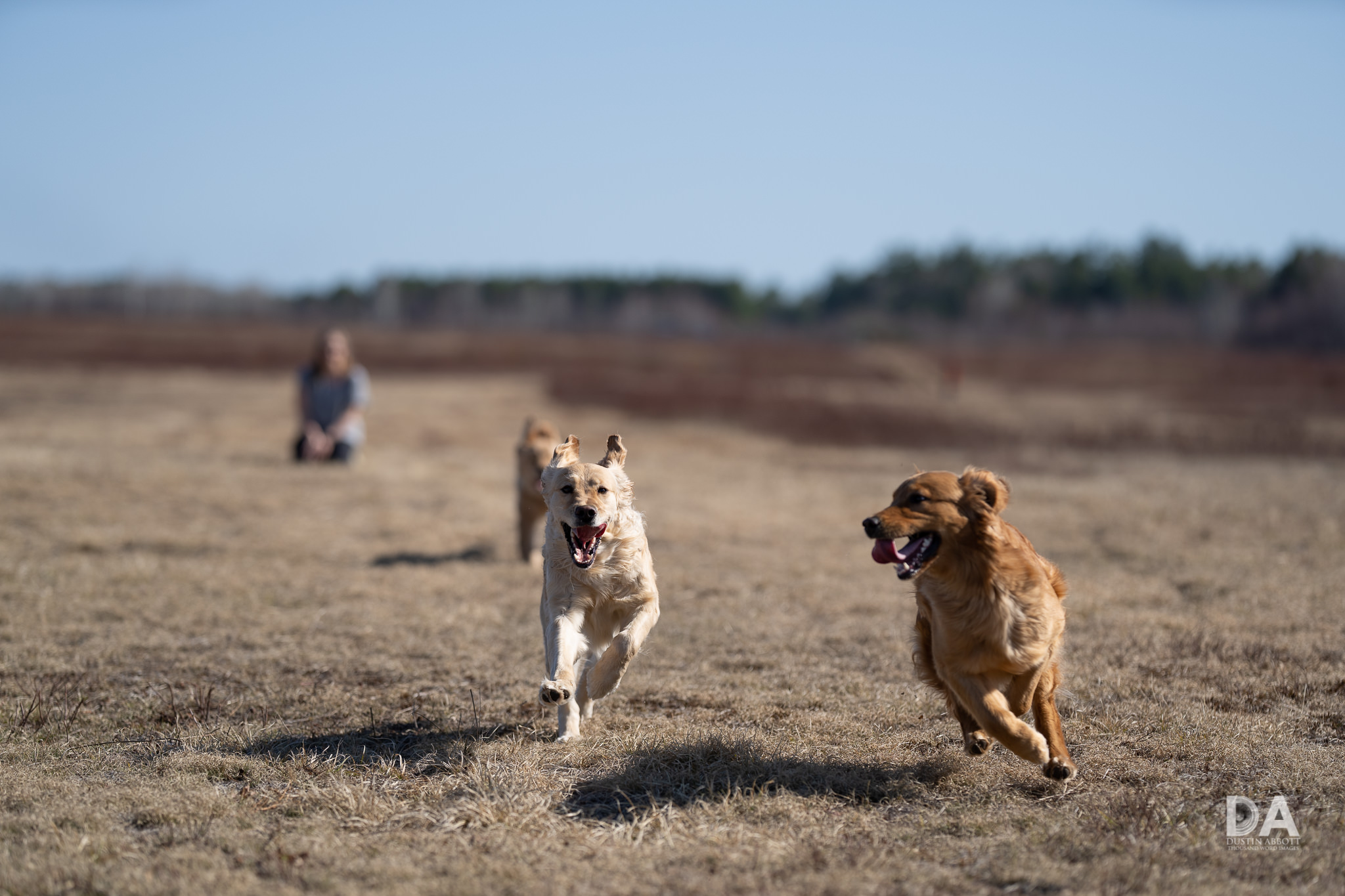


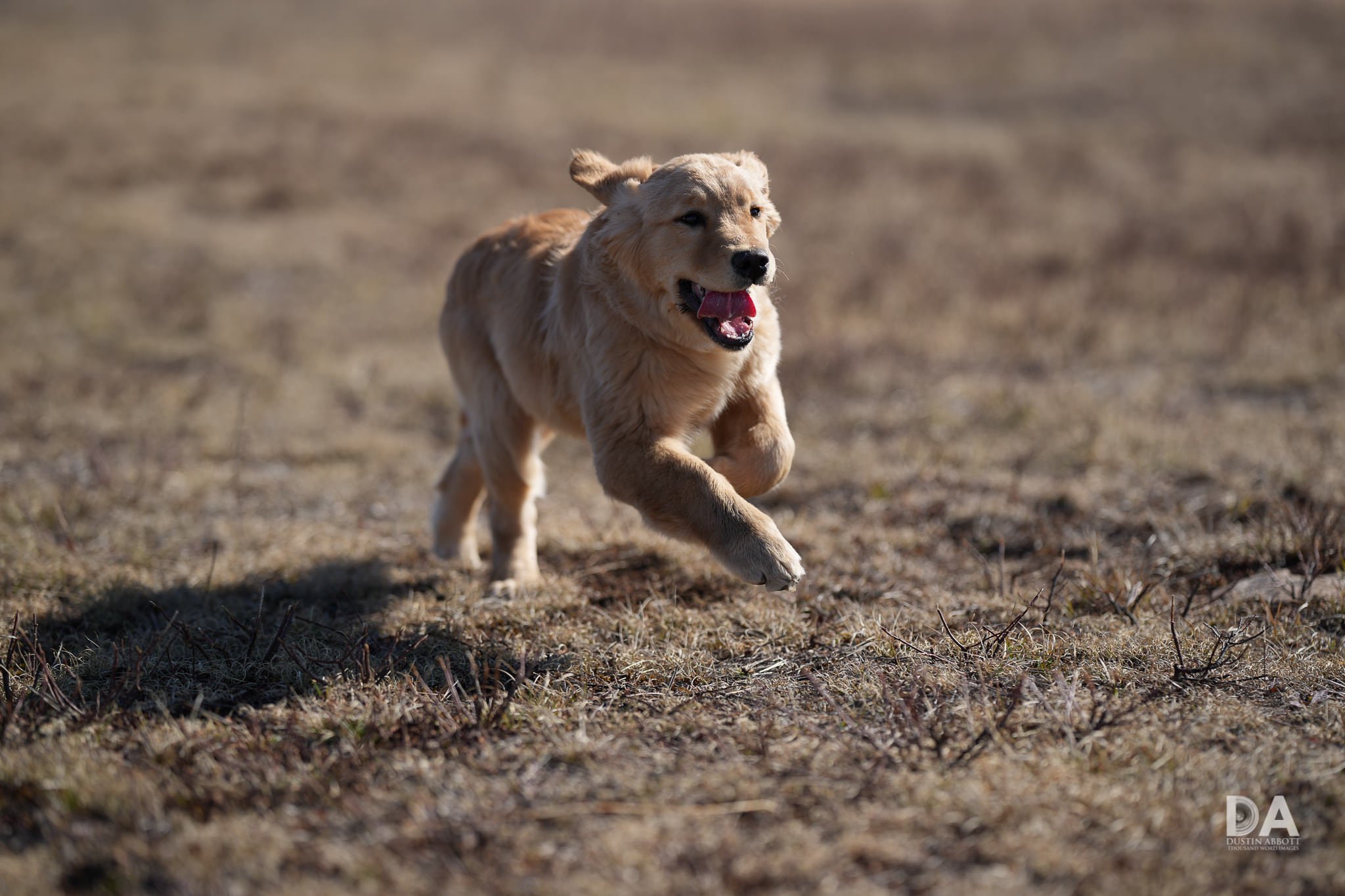

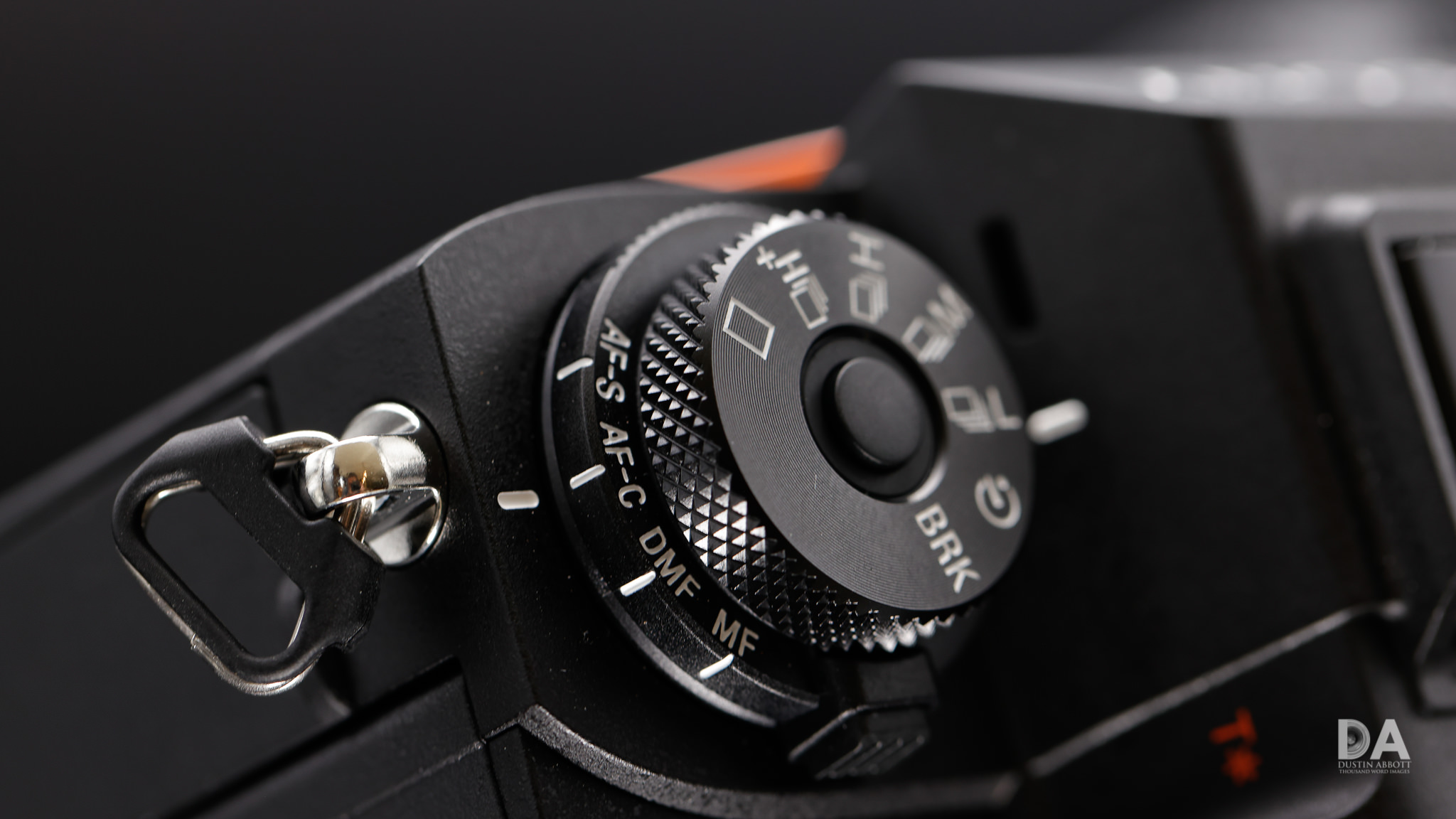

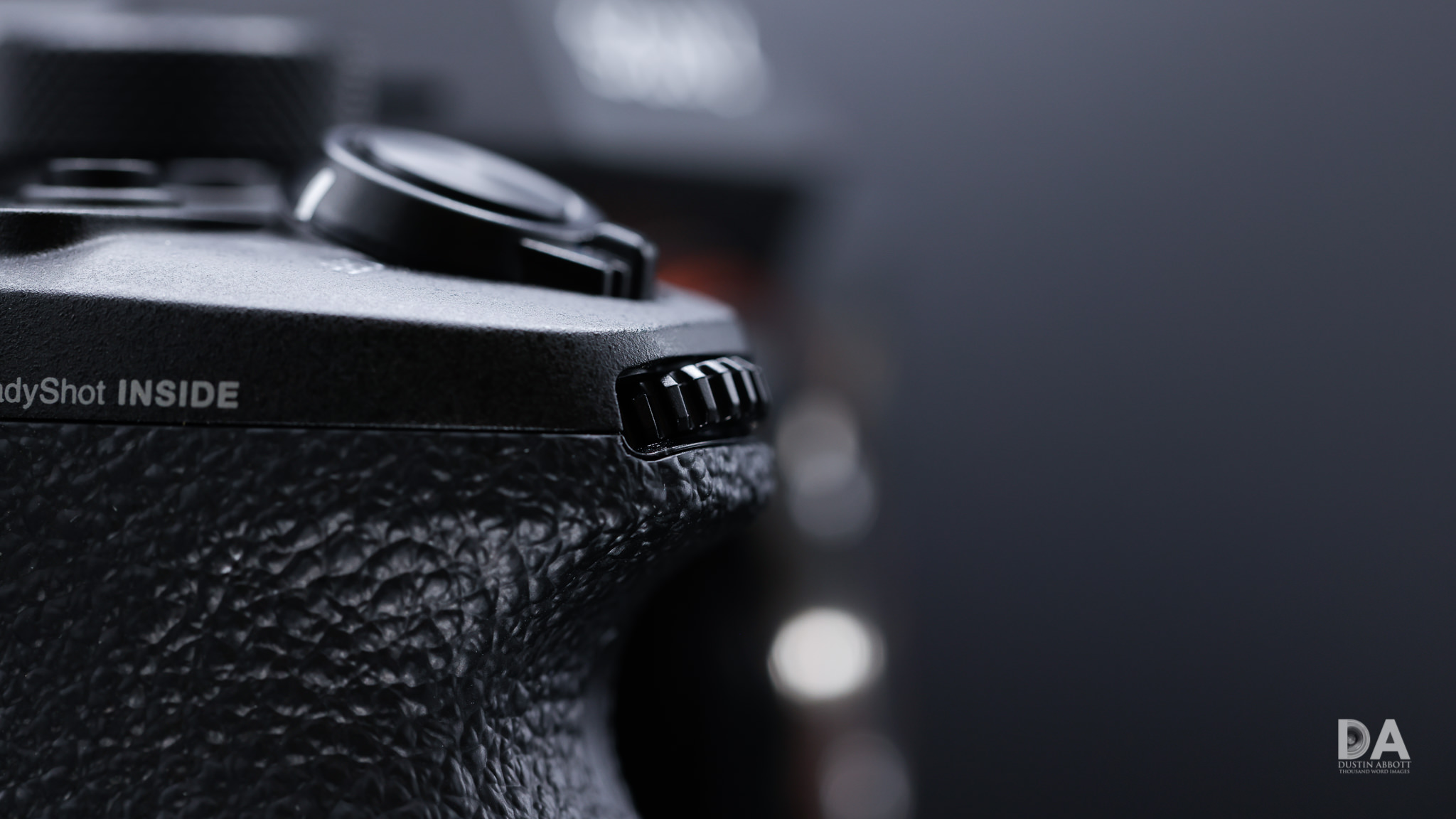

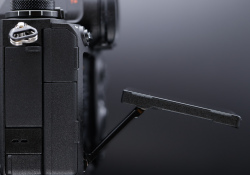
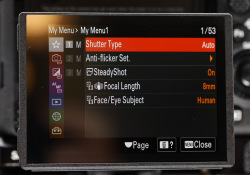
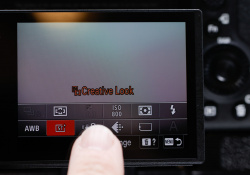
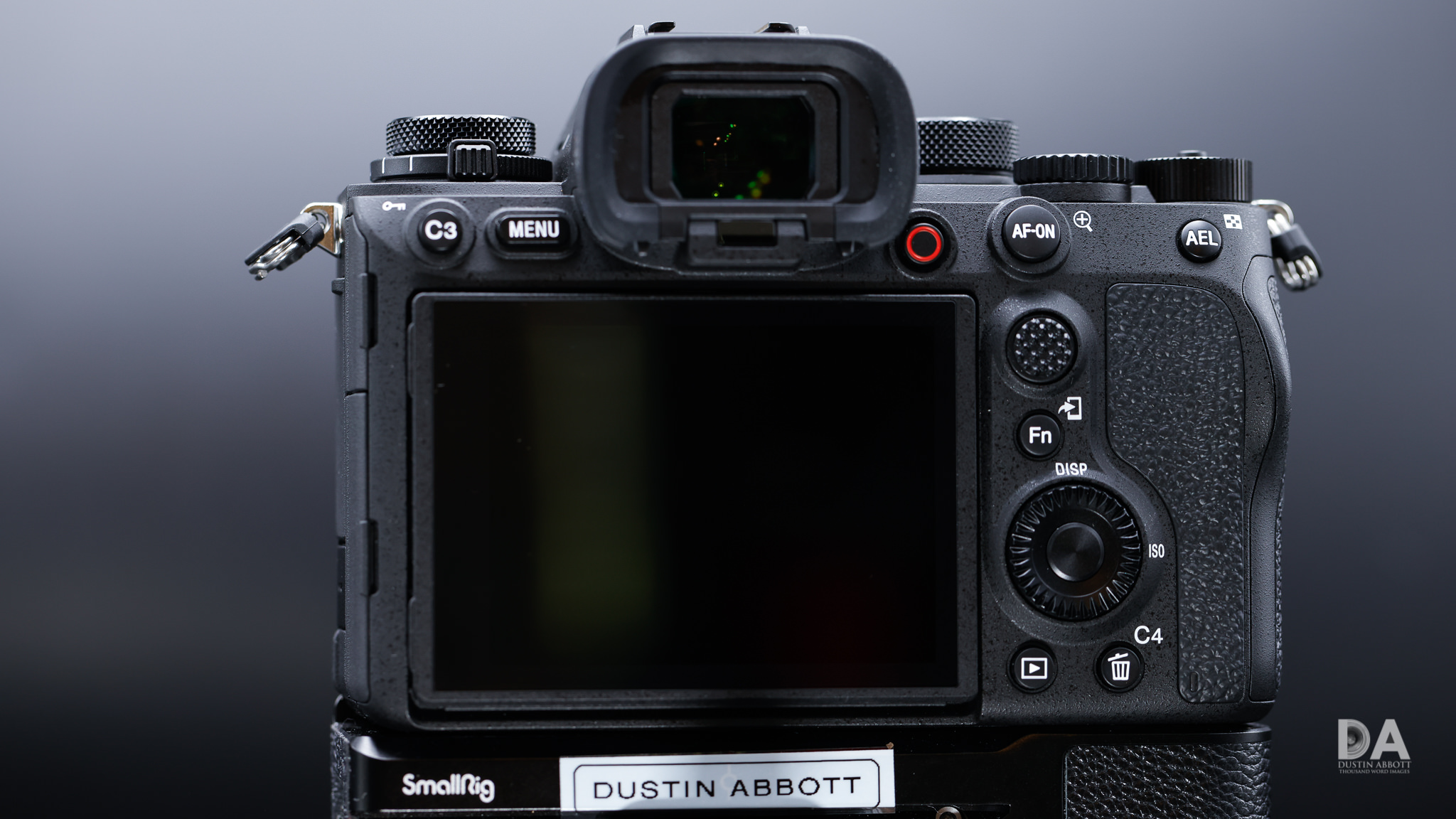
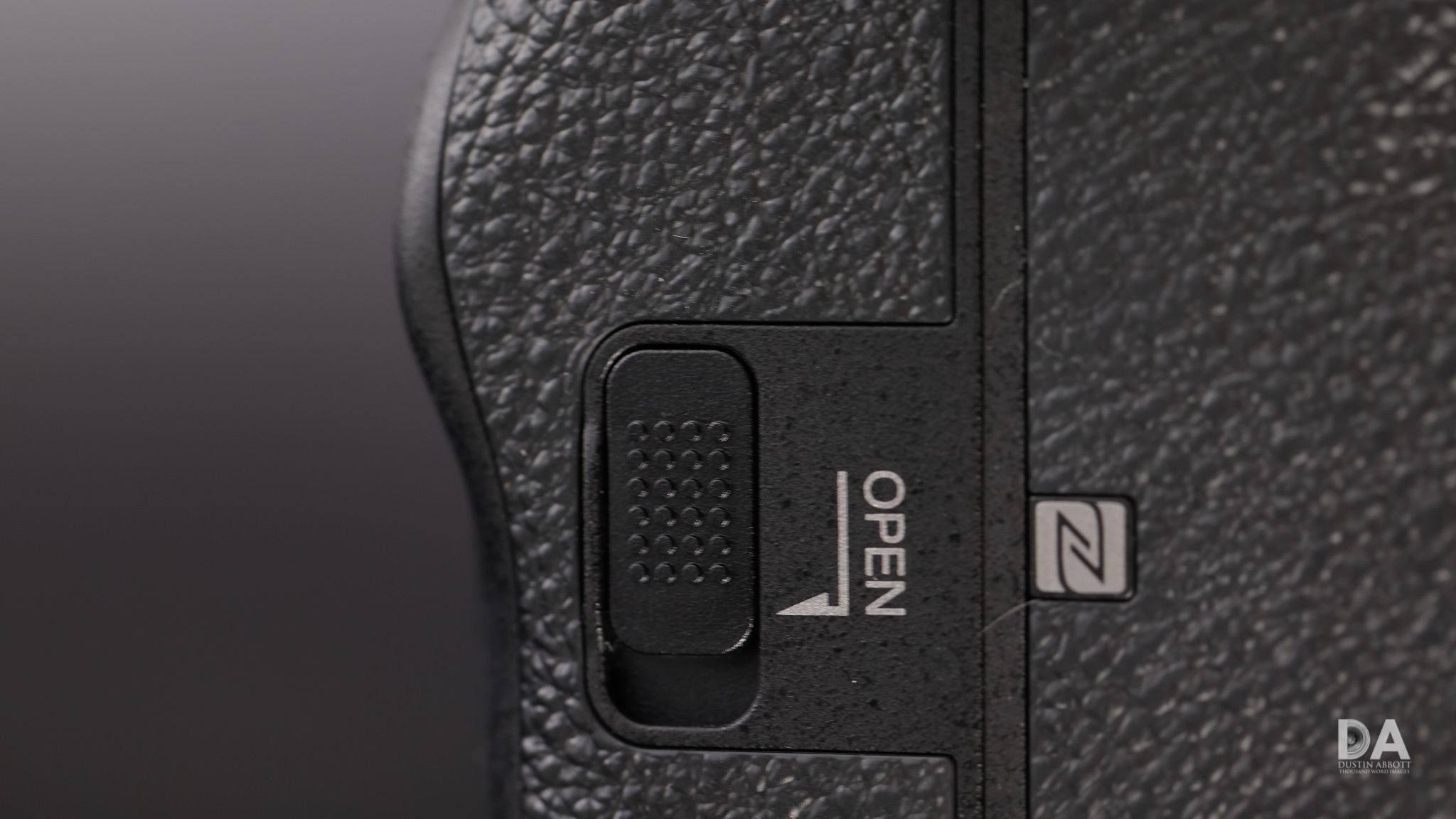



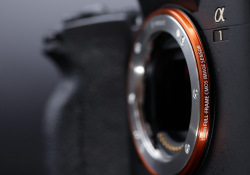
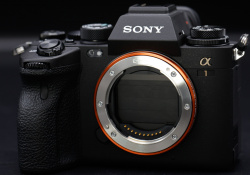




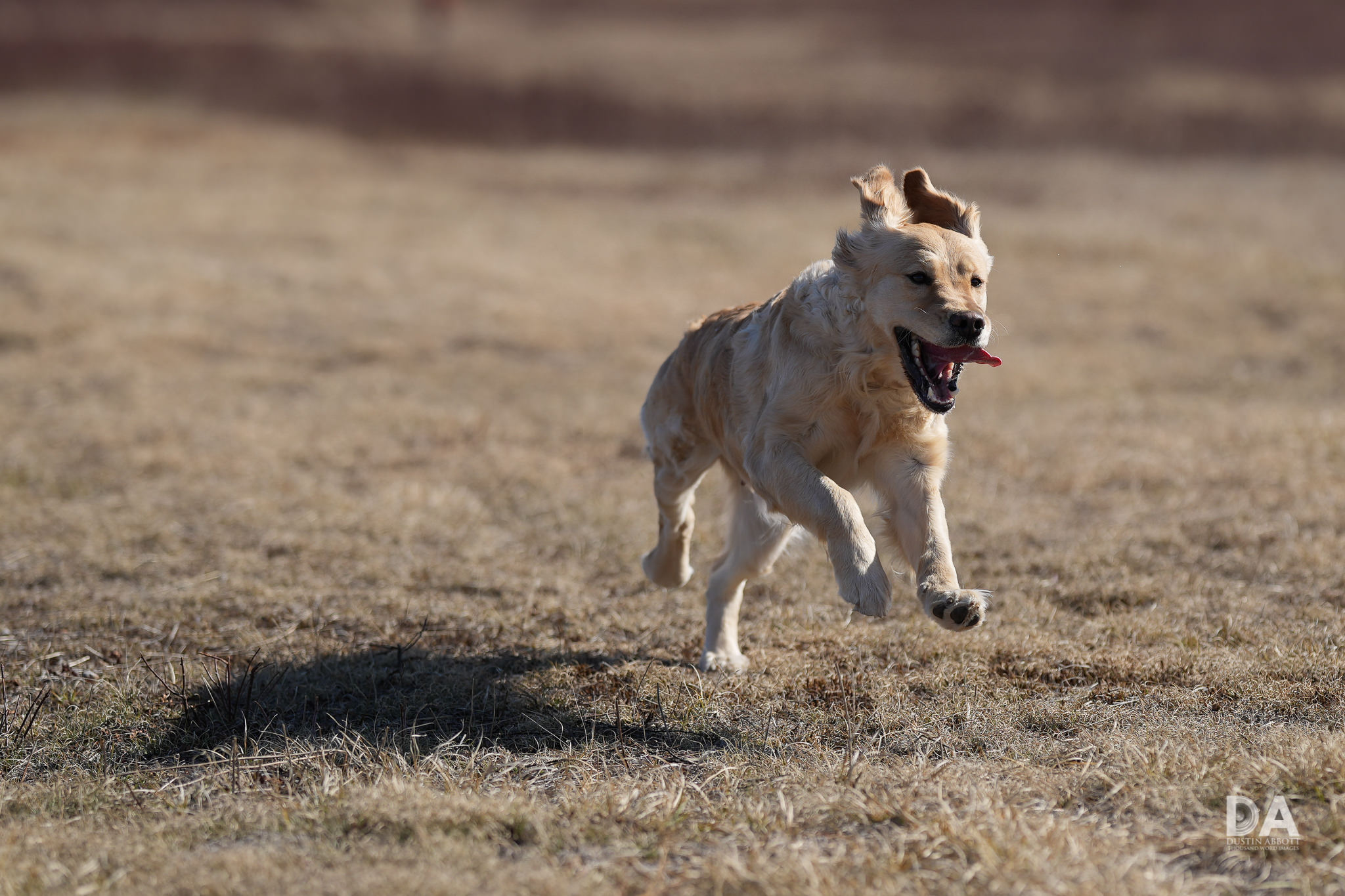
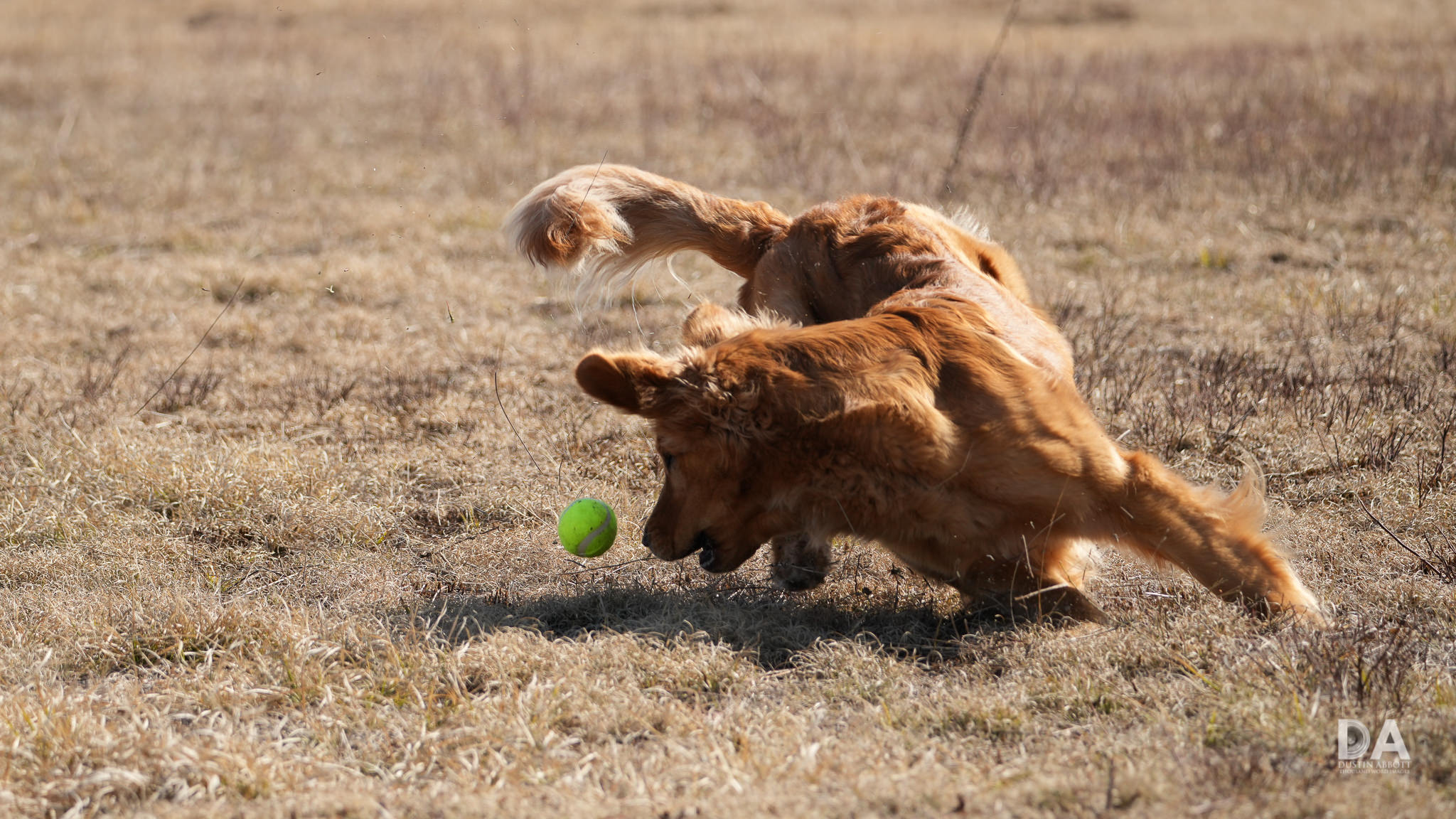
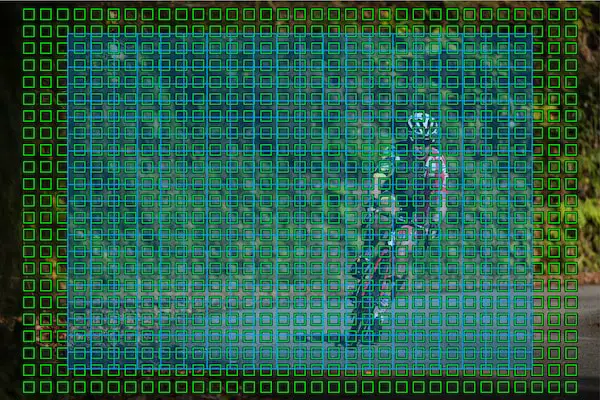




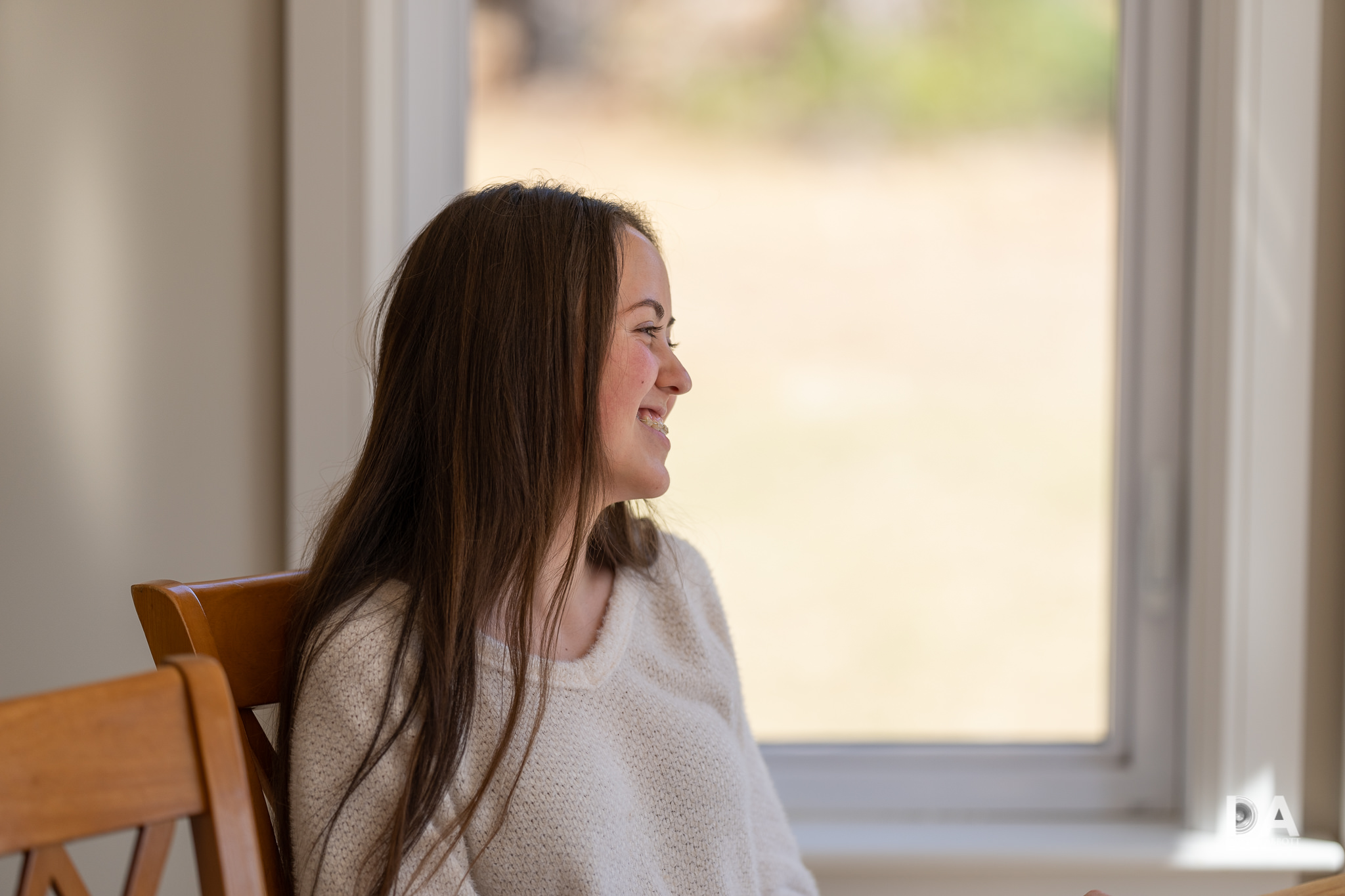
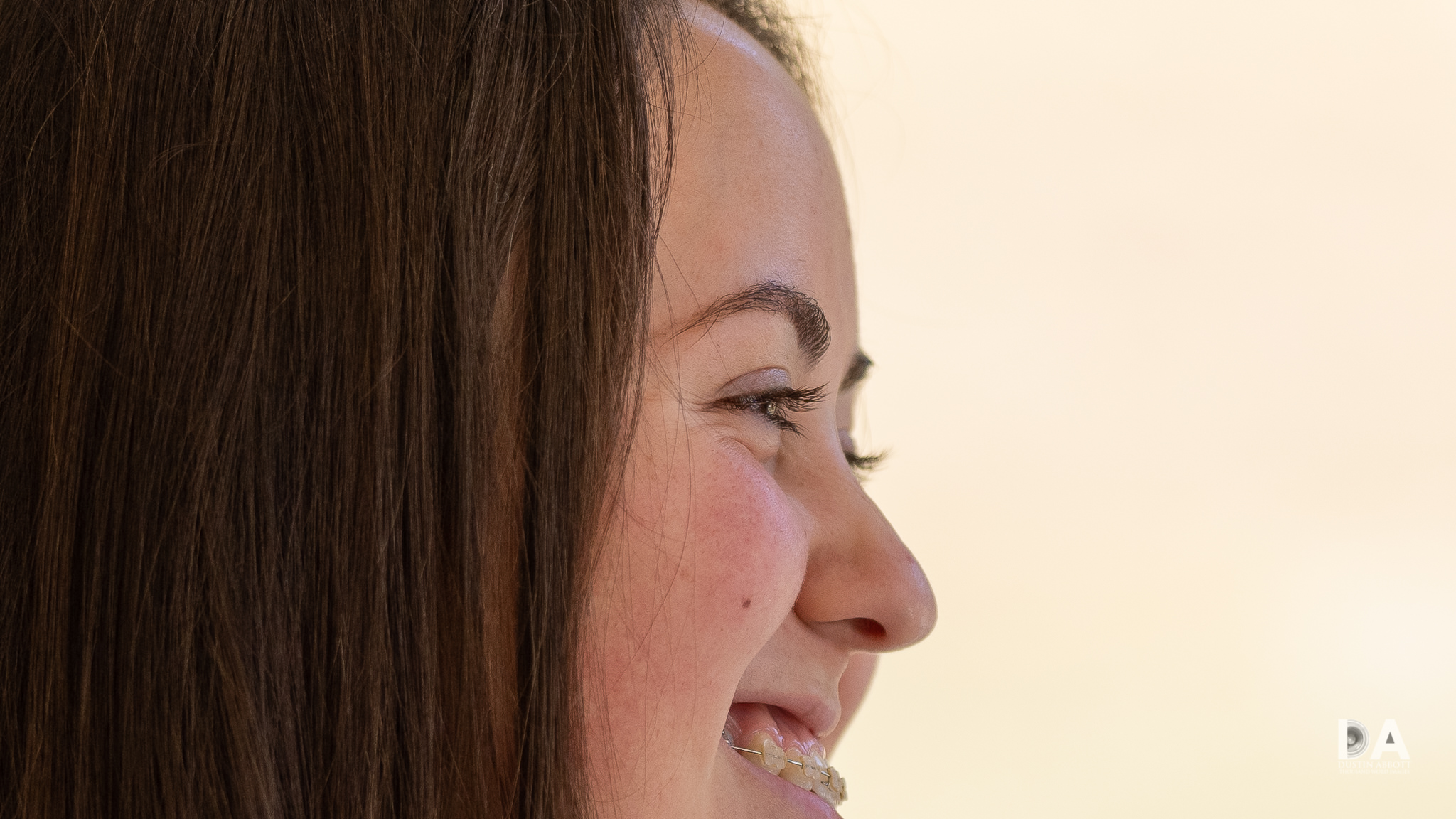
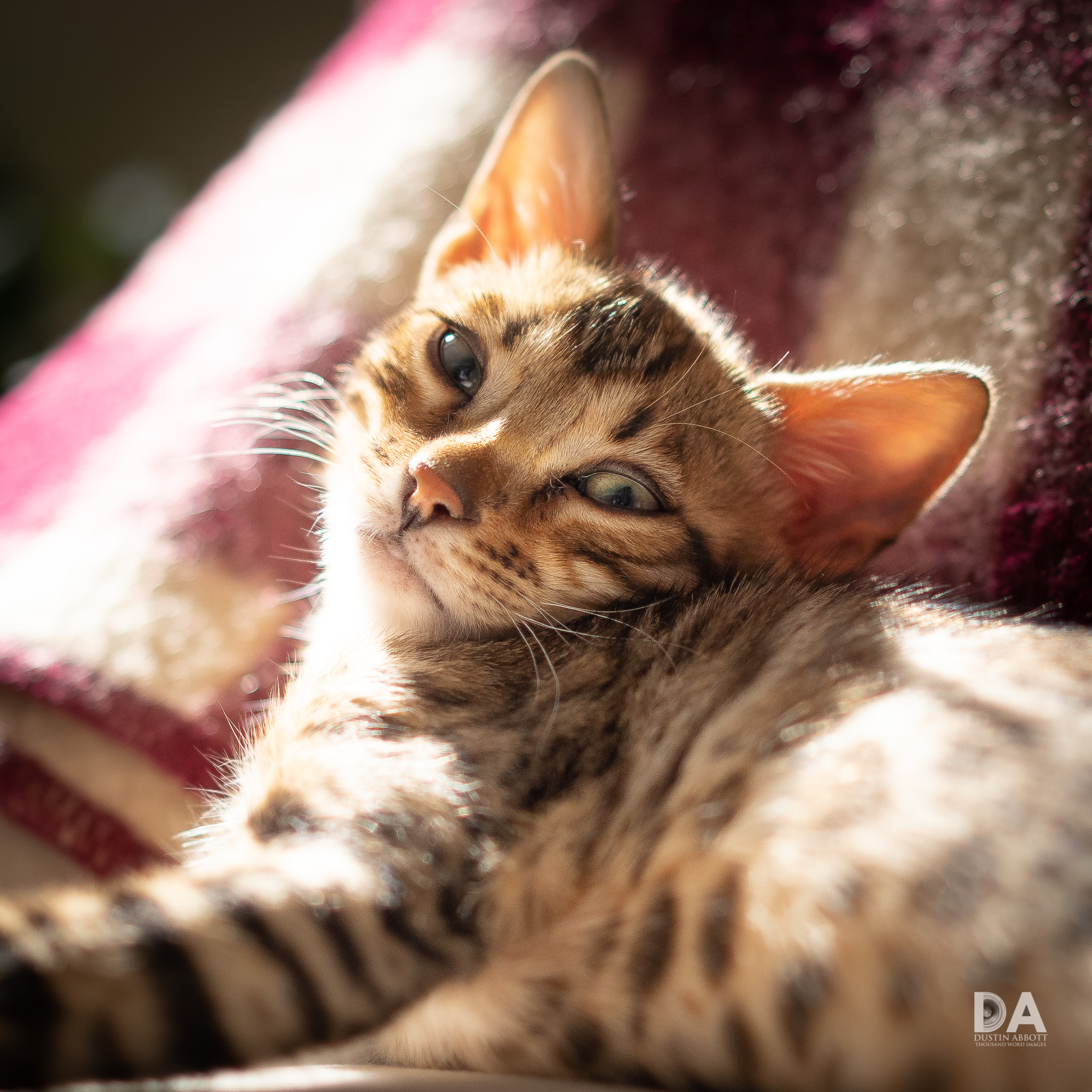


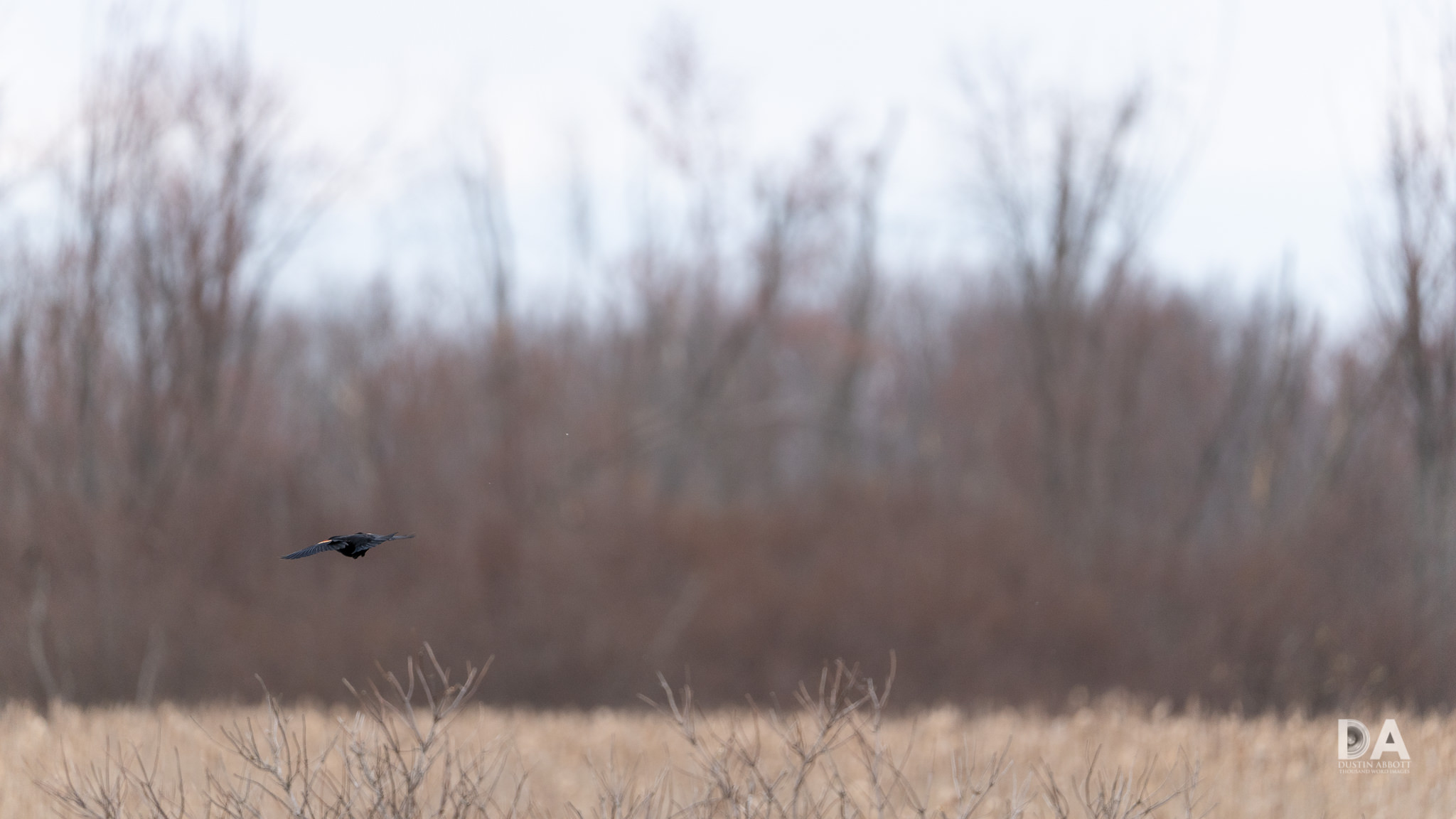








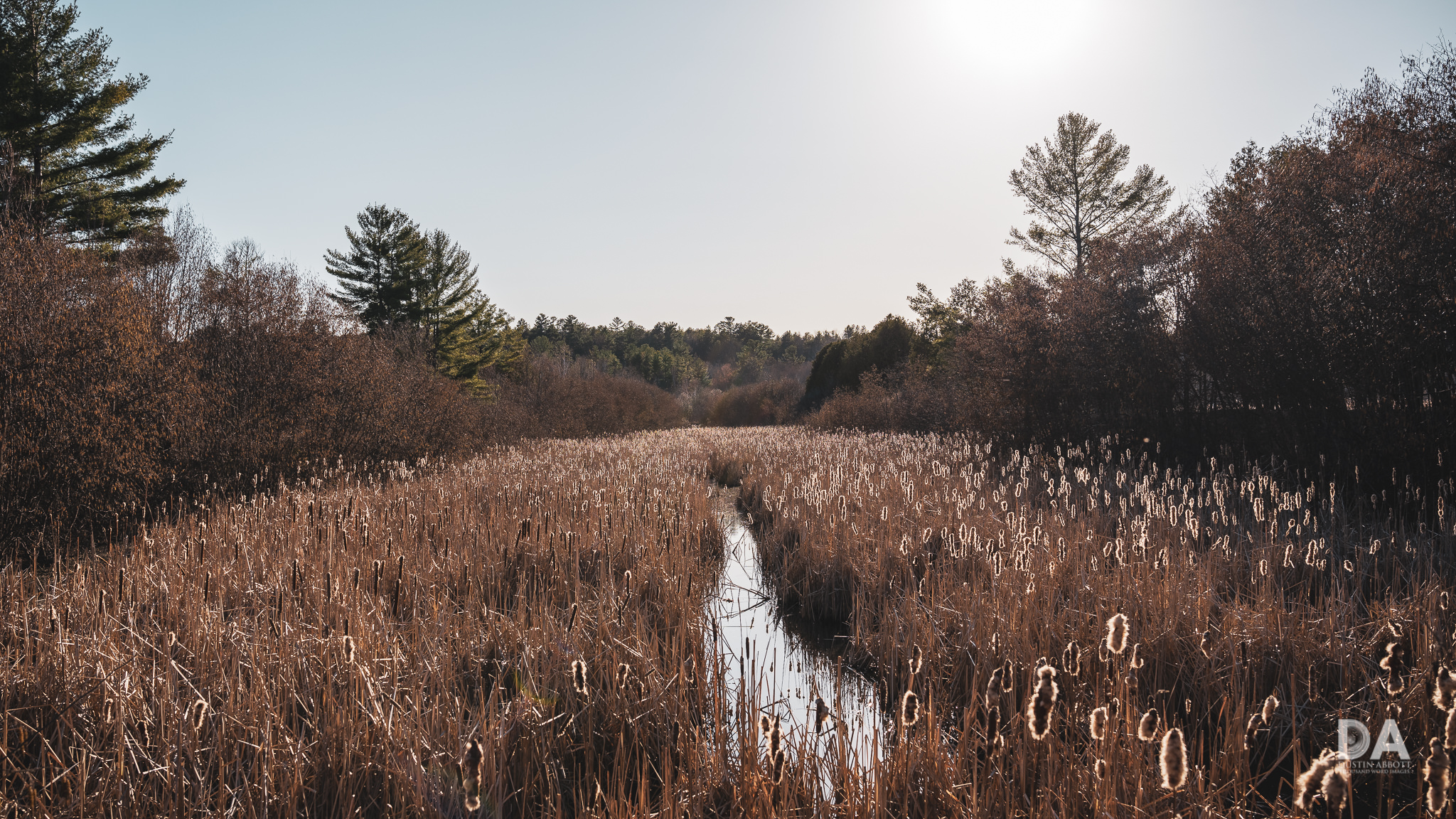
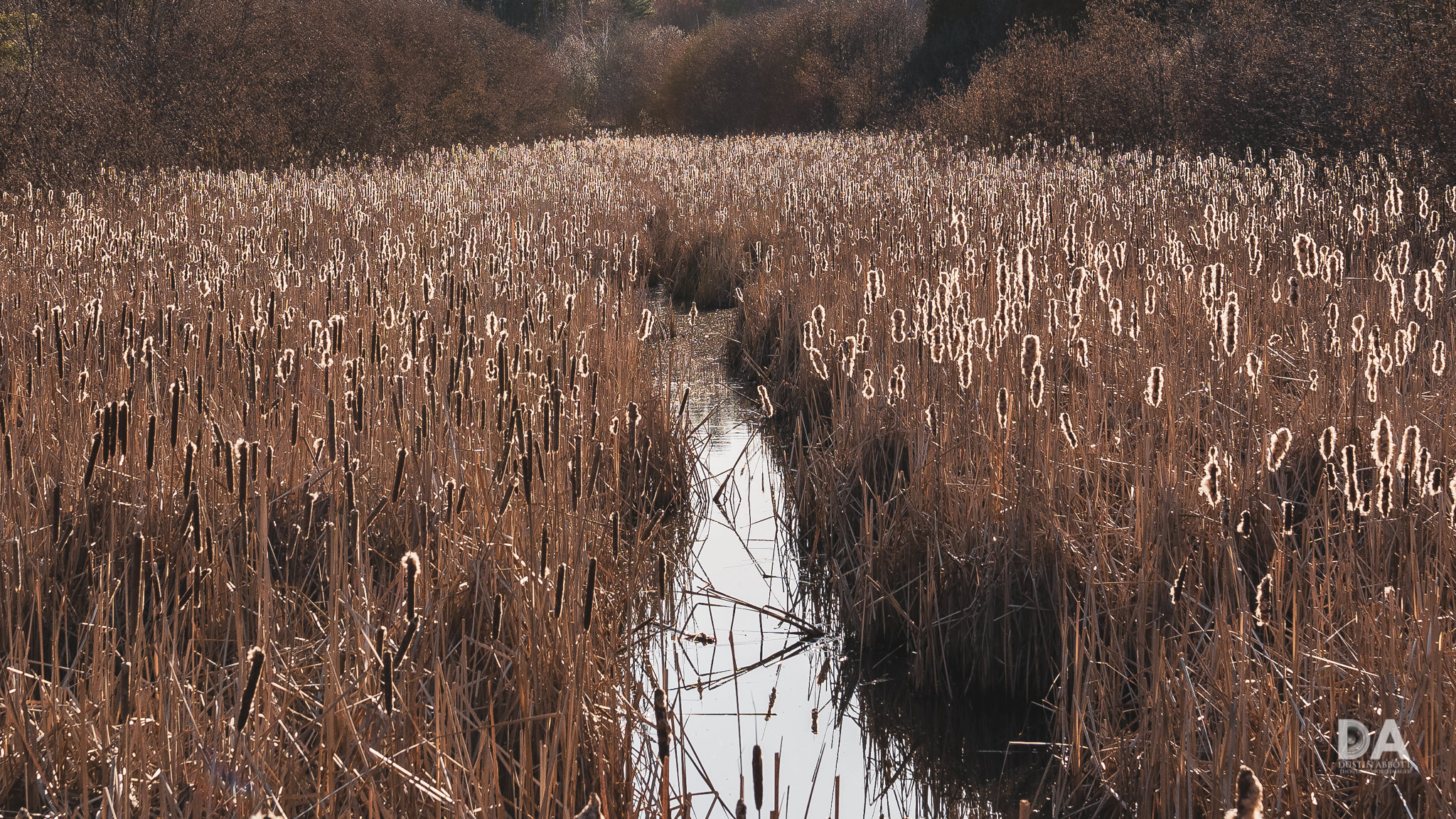
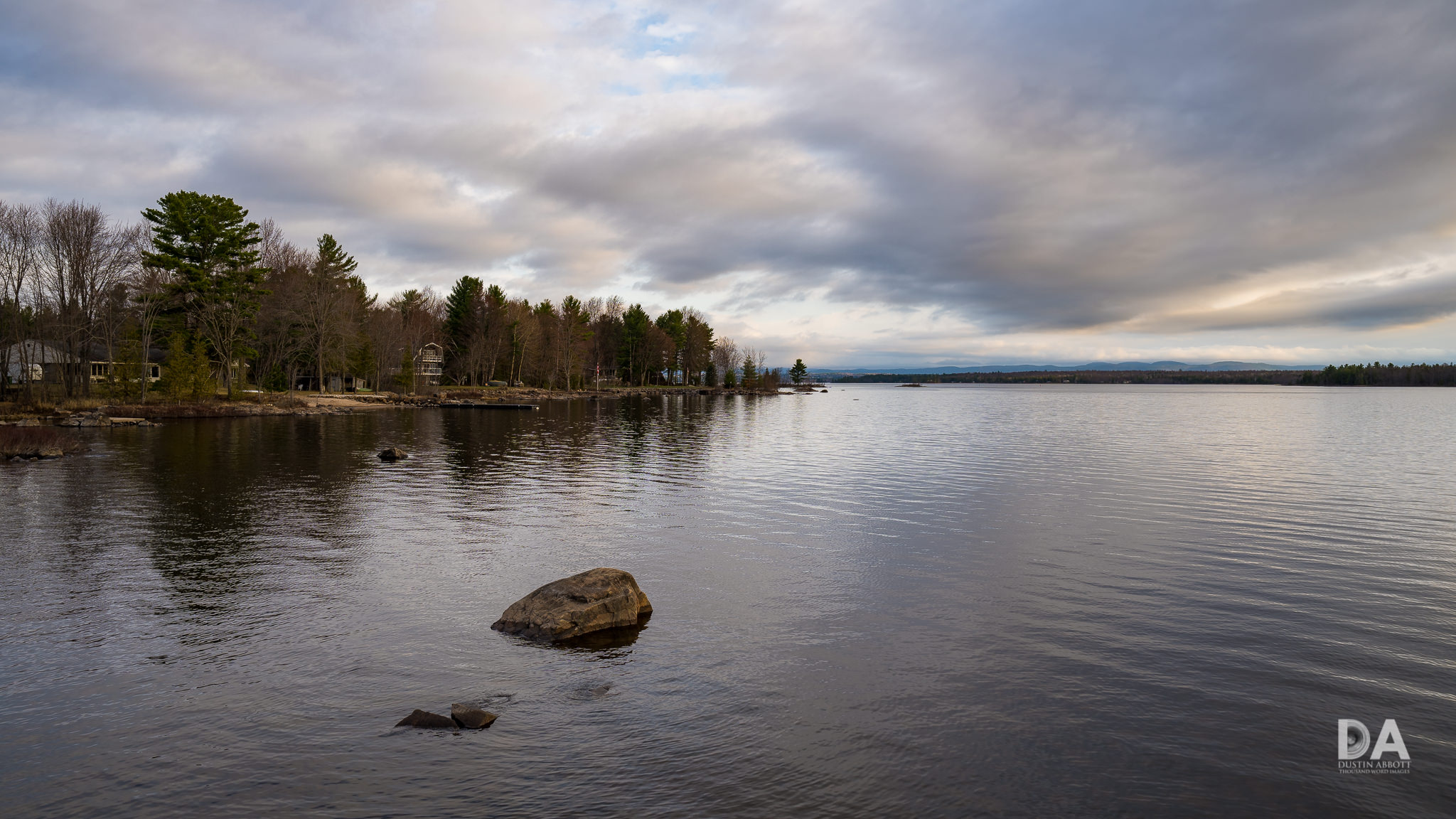


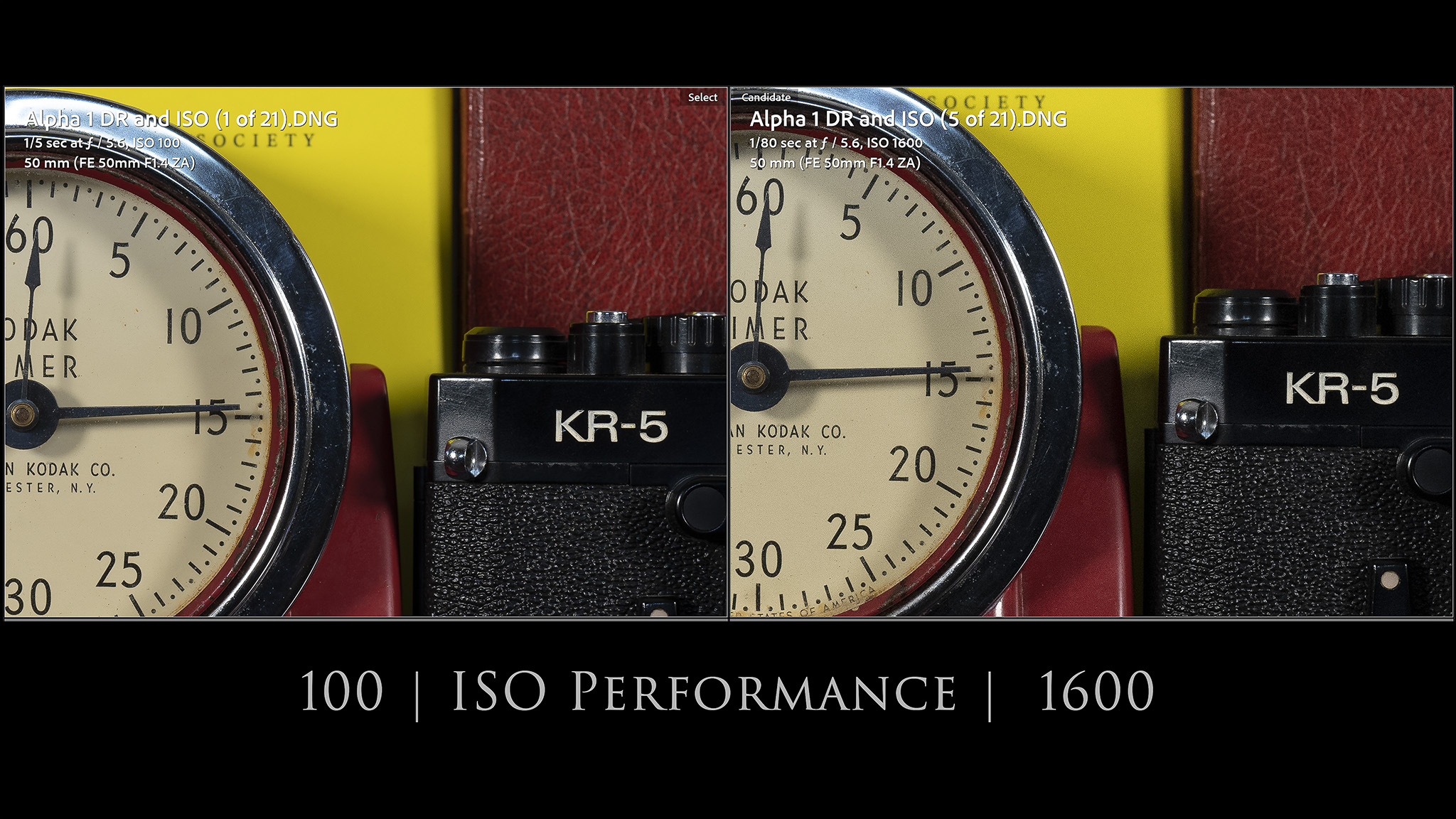
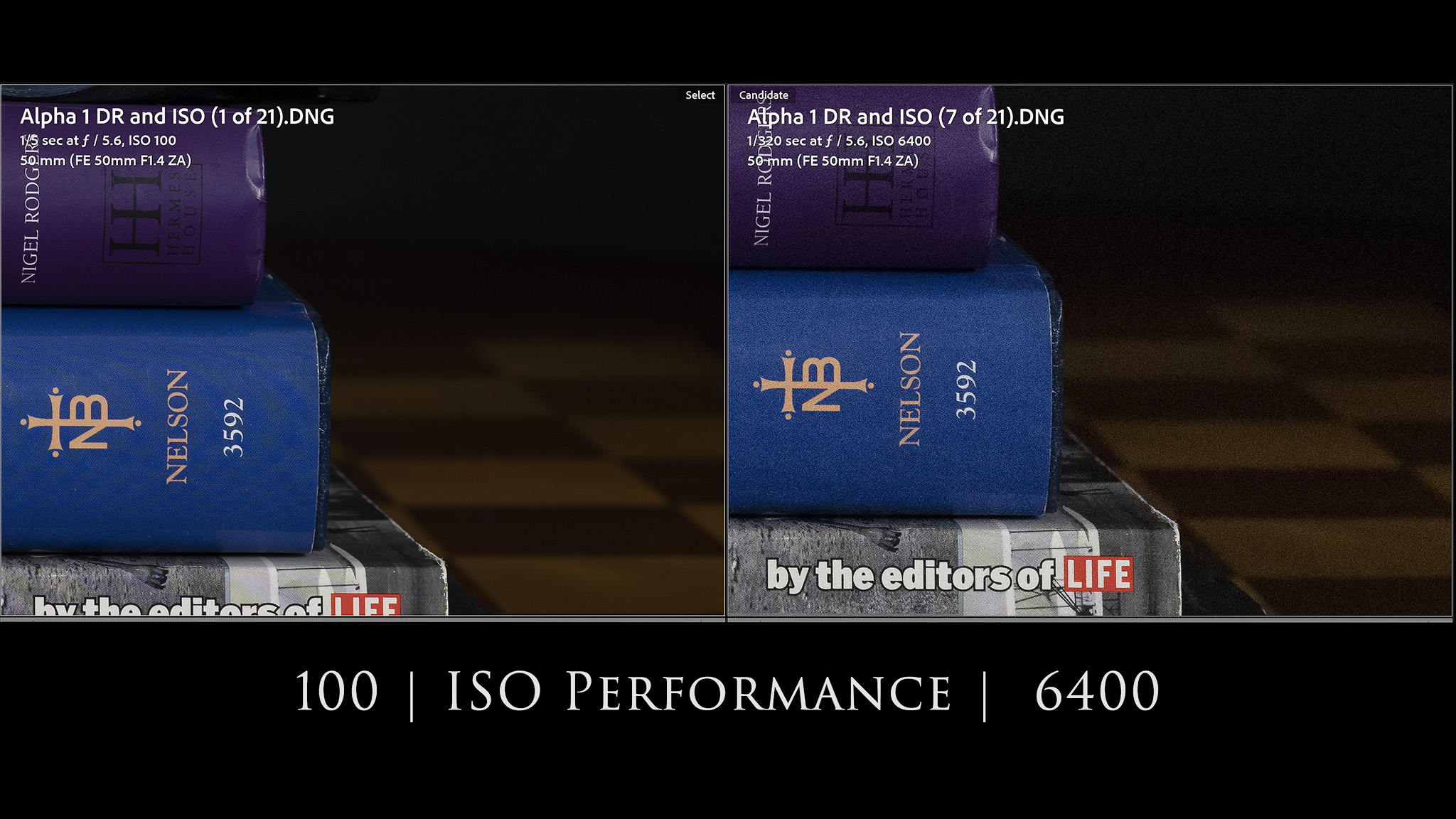
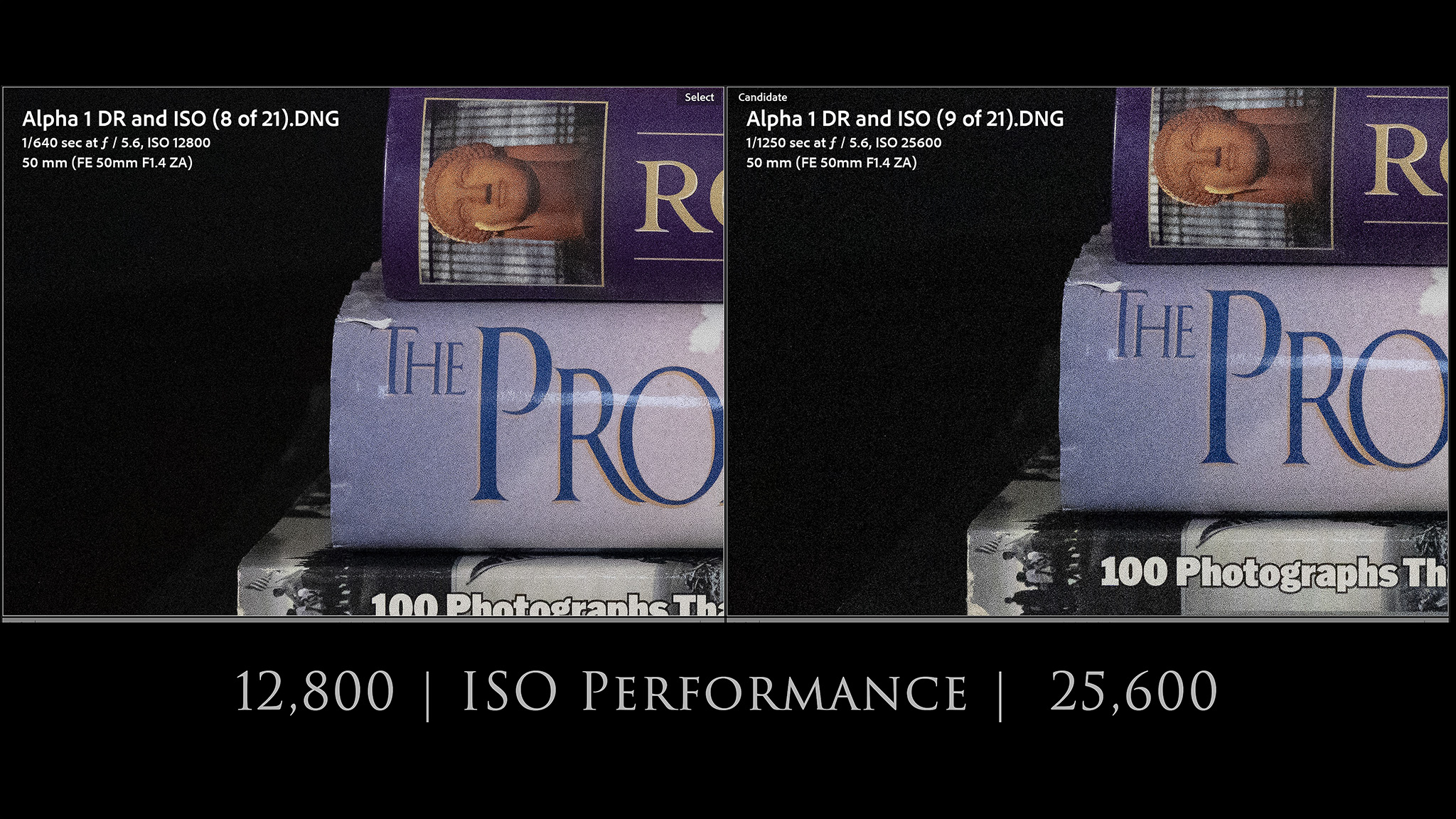

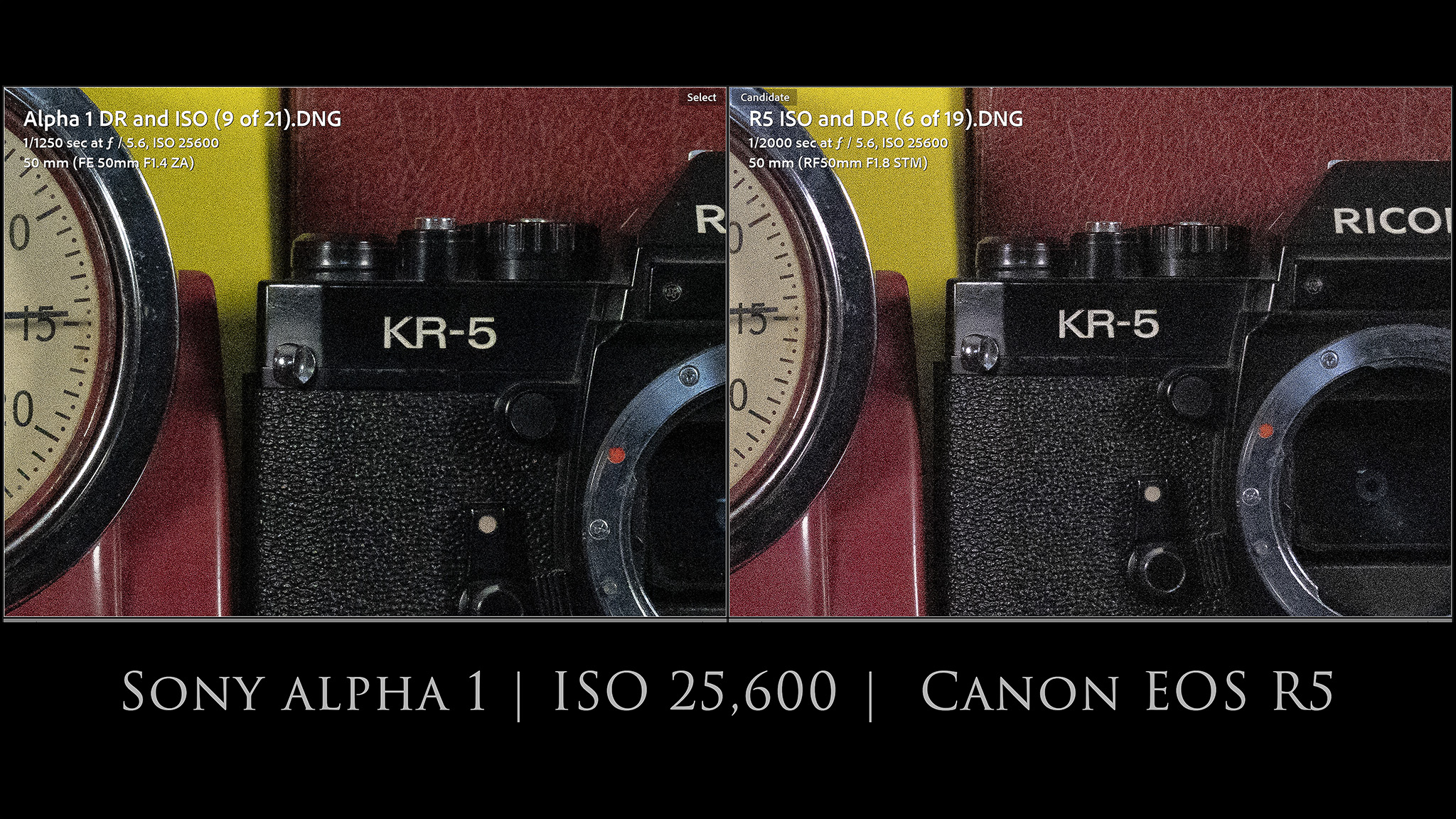

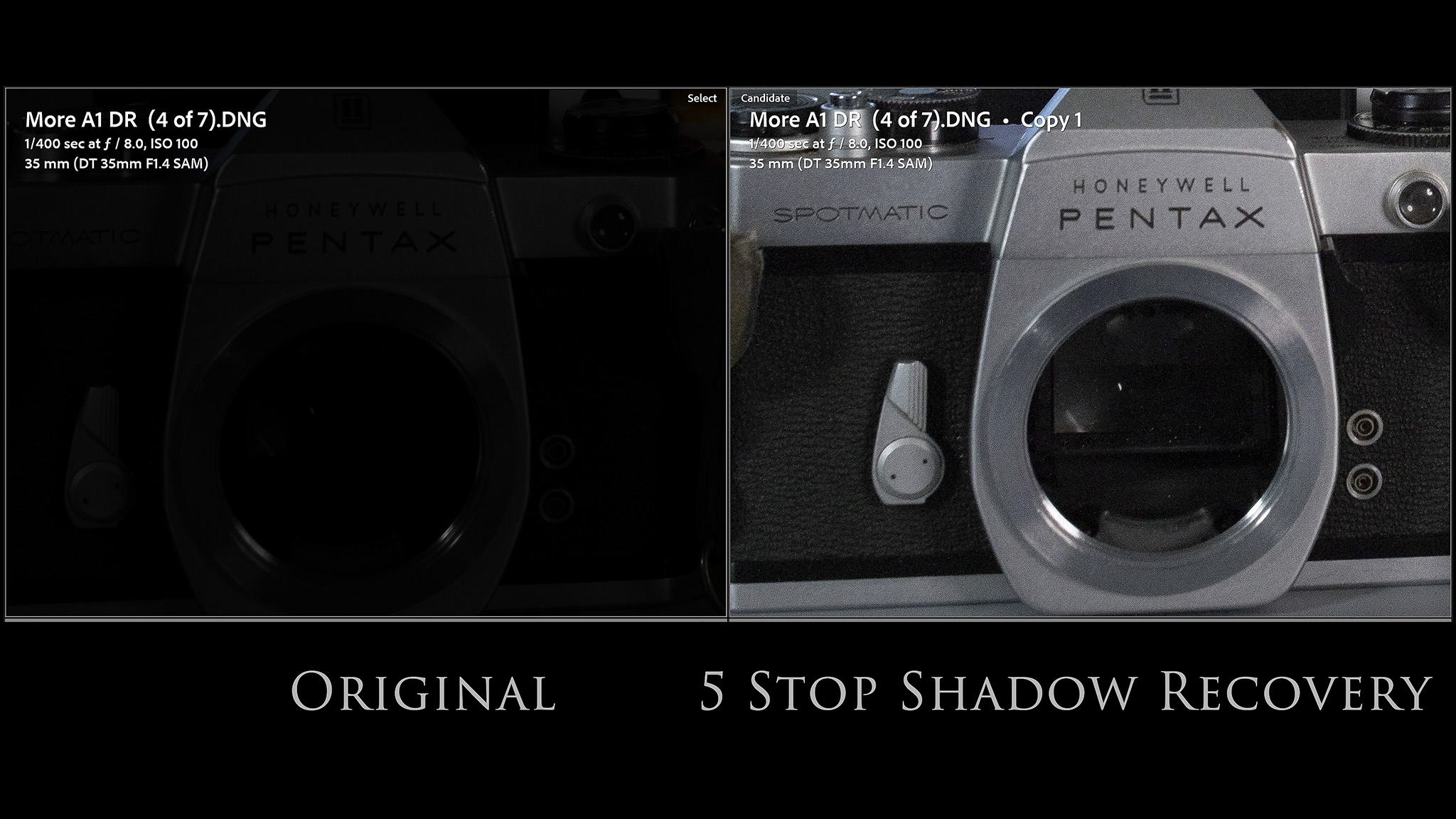
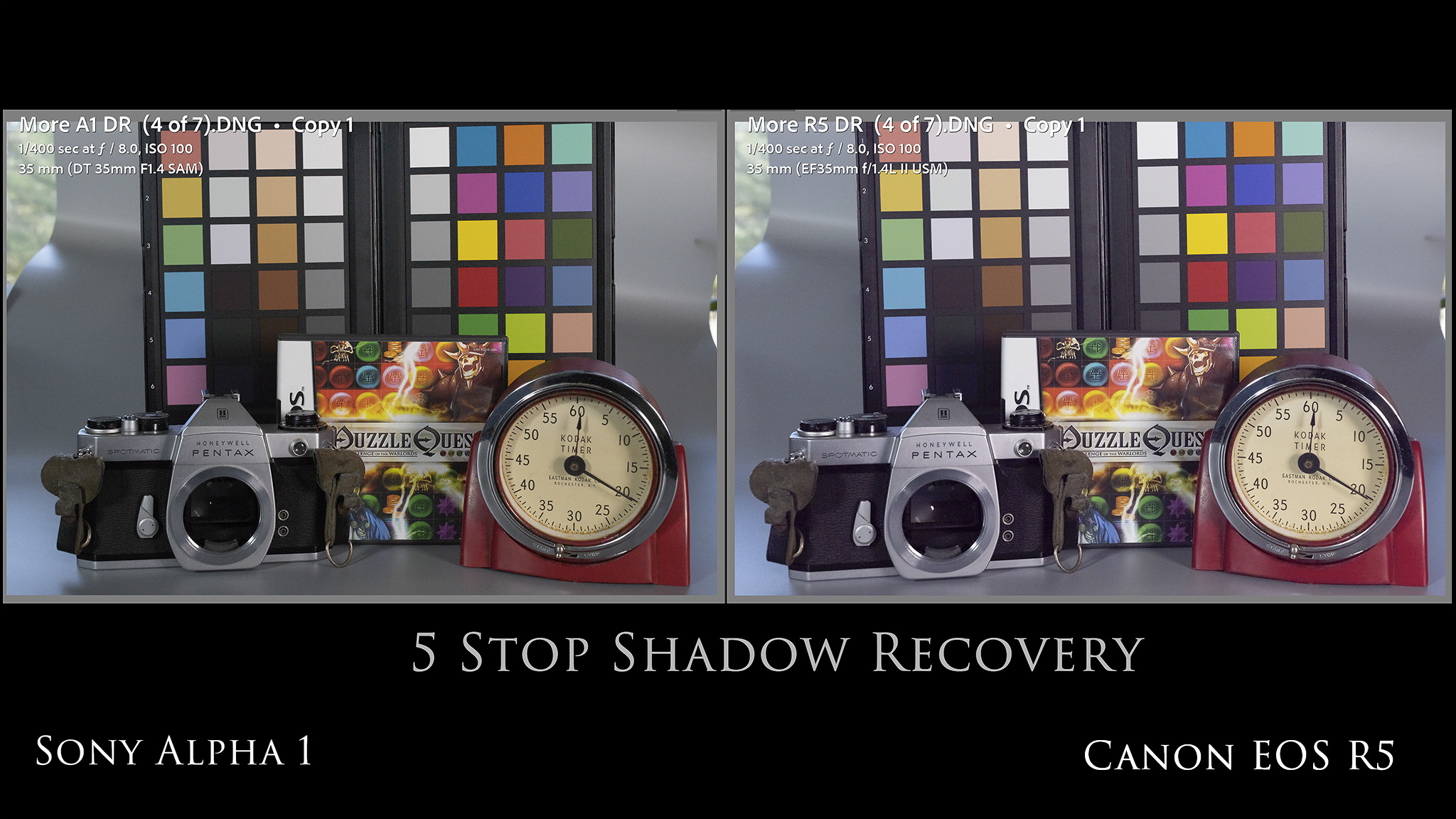
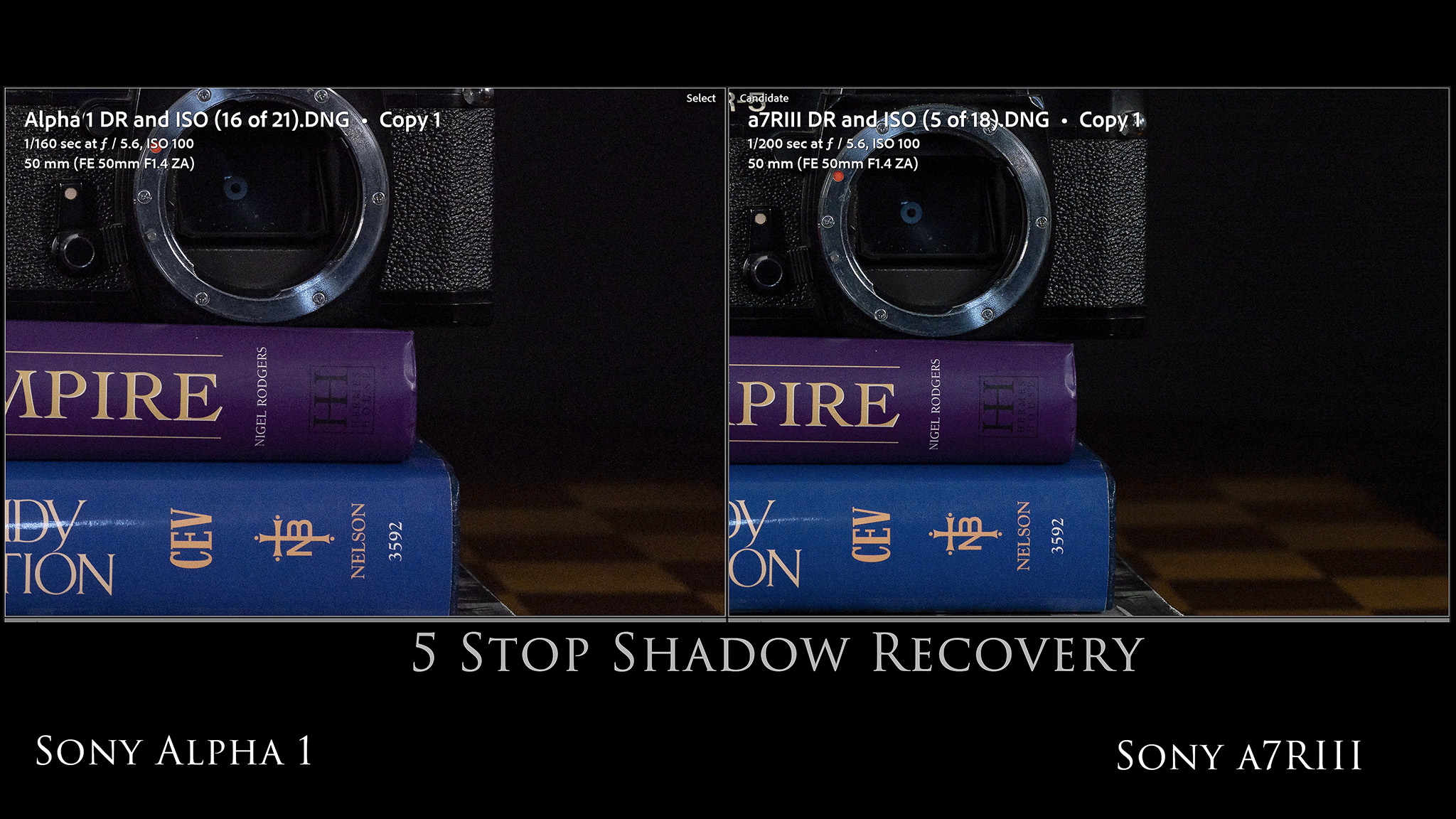
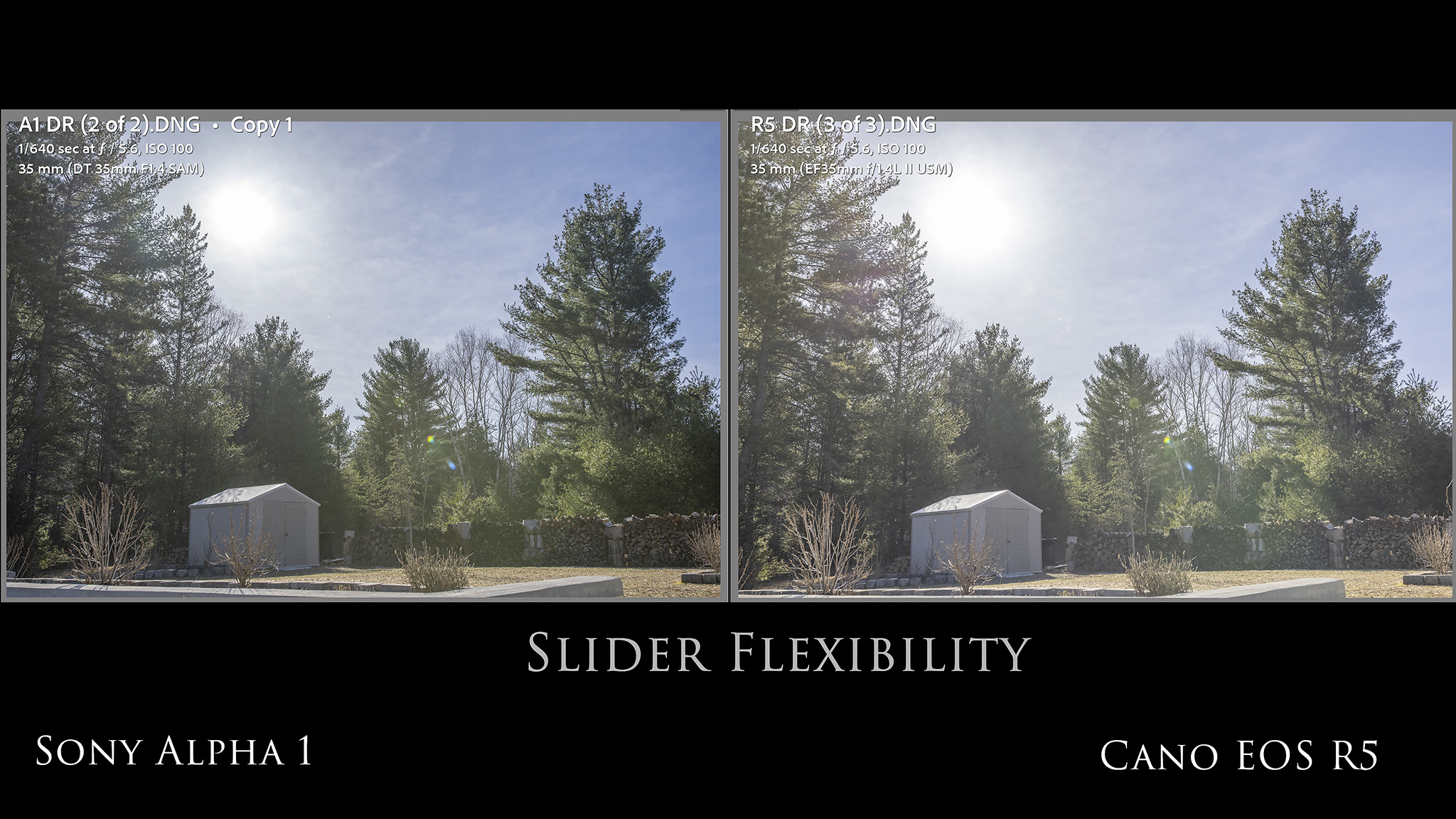
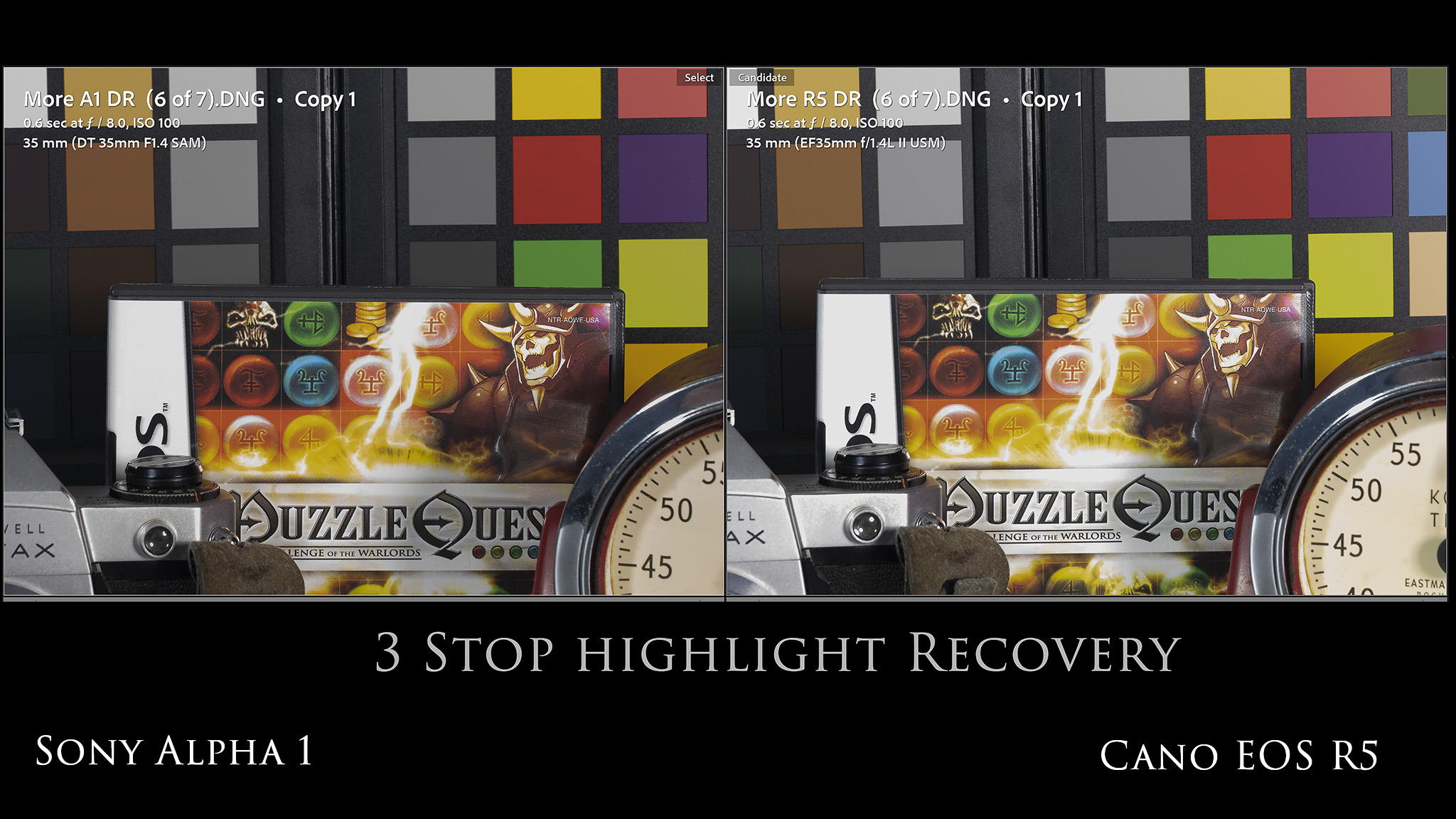
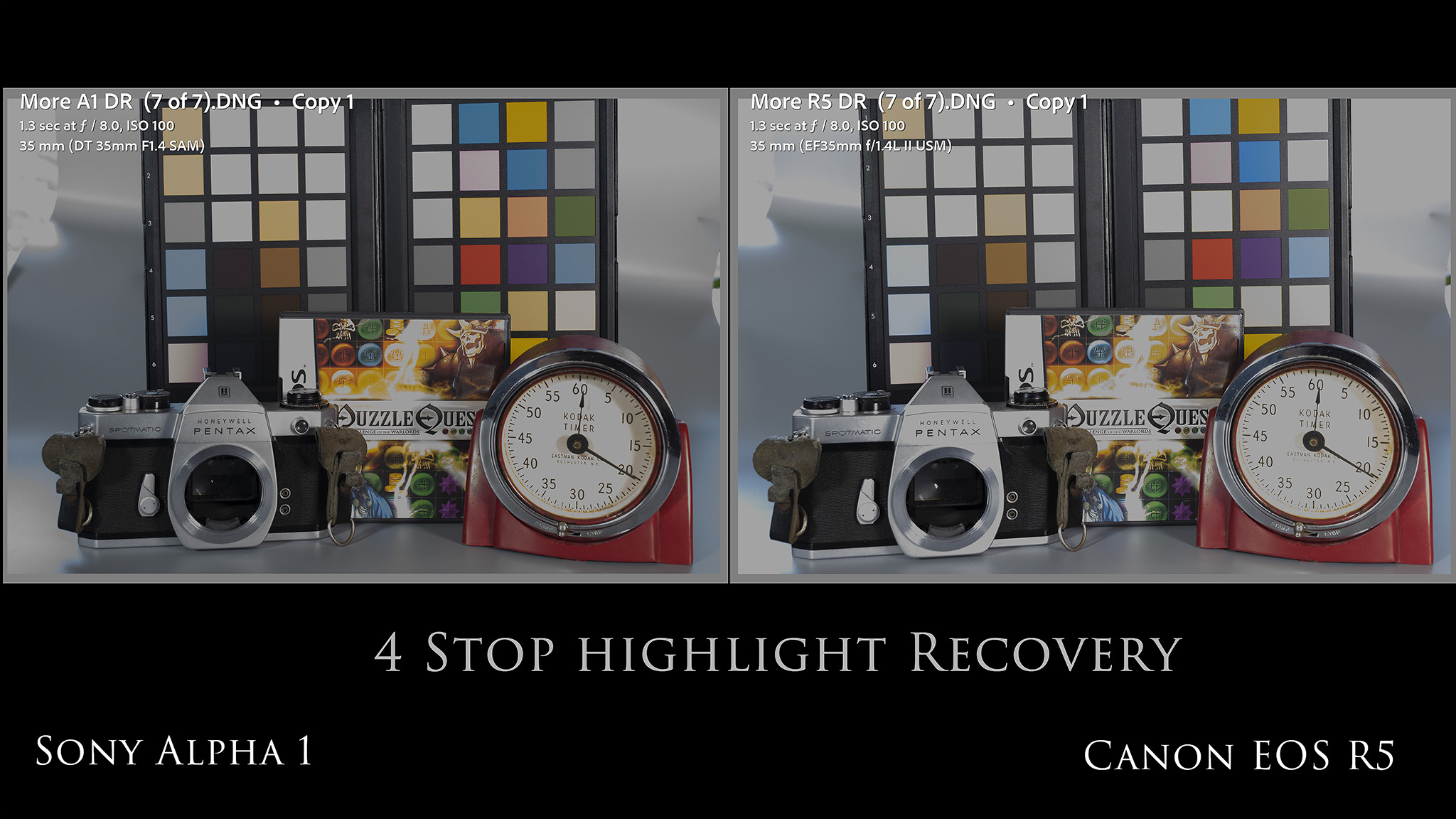
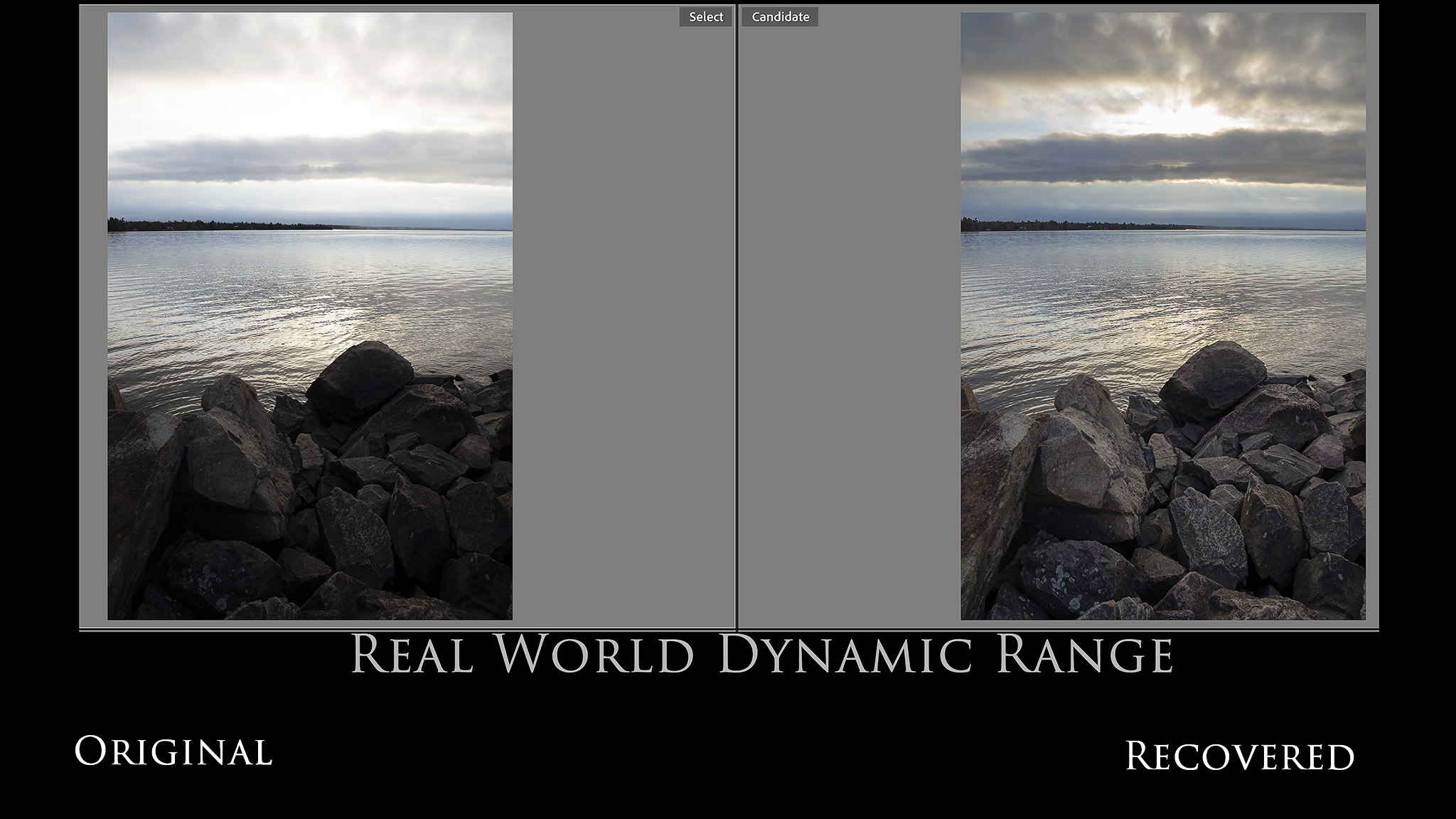


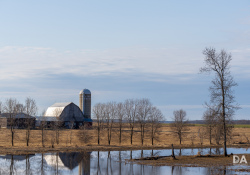
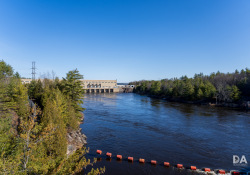
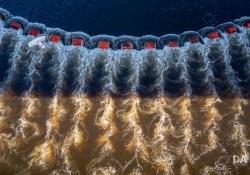

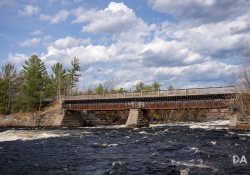



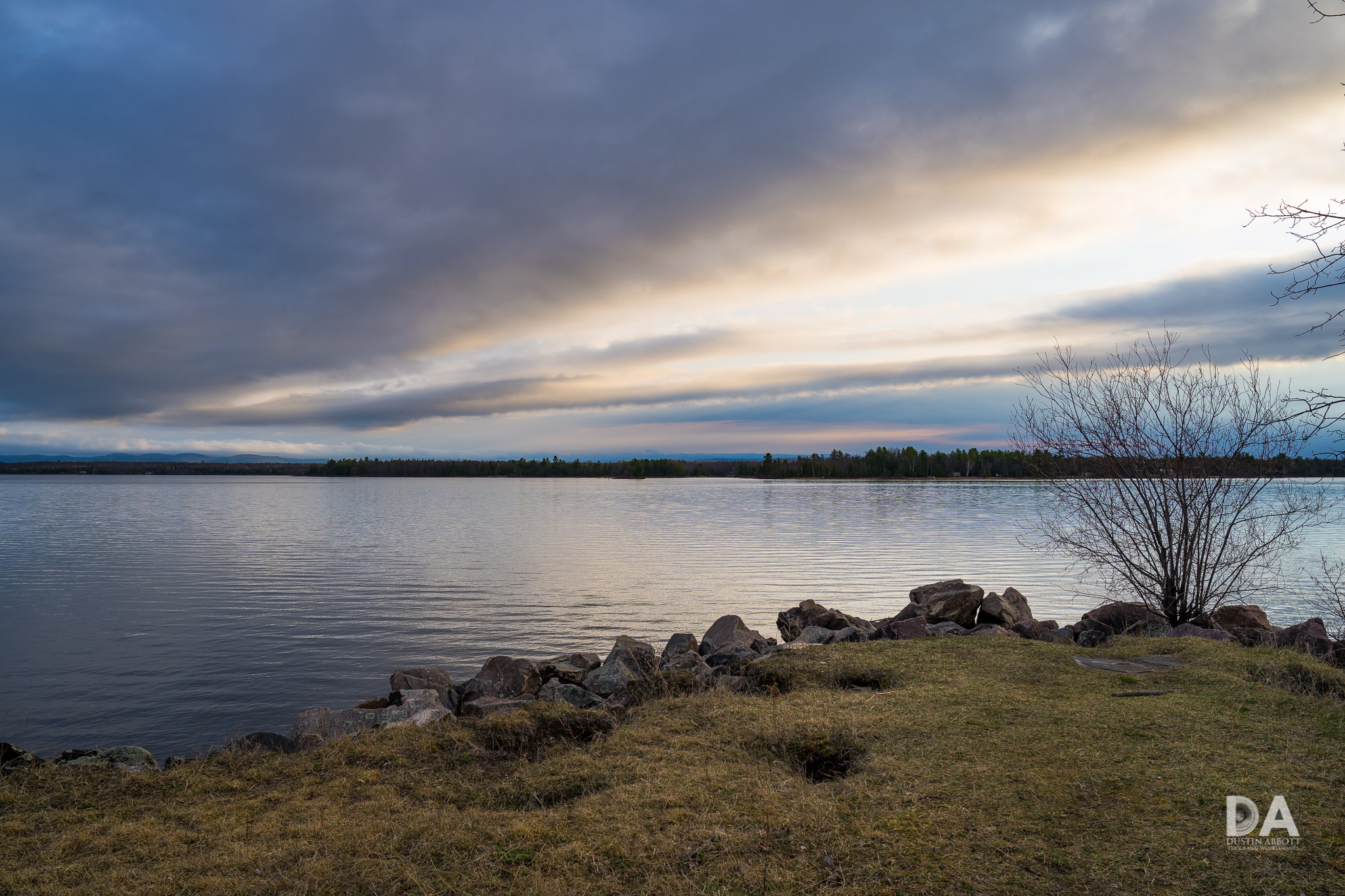
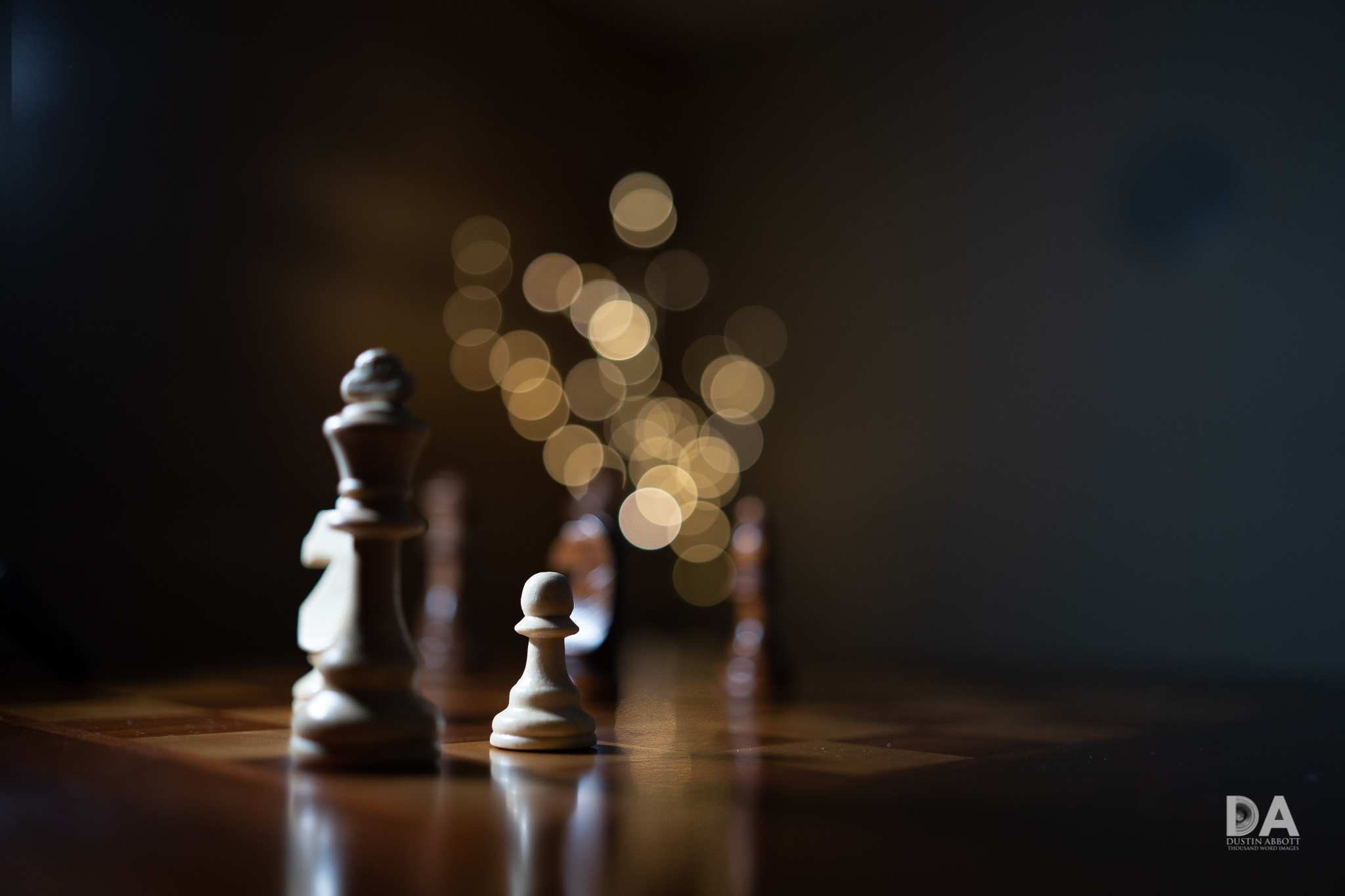


 Viltrox Pro AF 85mm F1.4 FE Gallery
Viltrox Pro AF 85mm F1.4 FE Gallery  Viltrox AF 85mm F1.4 PRO FE Review
Viltrox AF 85mm F1.4 PRO FE Review  Yongnuo YN 35mm F1.8 ART Gallery
Yongnuo YN 35mm F1.8 ART Gallery  Yongnuo YN 35mm F1.8 DA ART Review
Yongnuo YN 35mm F1.8 DA ART Review 



14 thoughts on “Sony Alpha 1 (ILCE-1) Review”